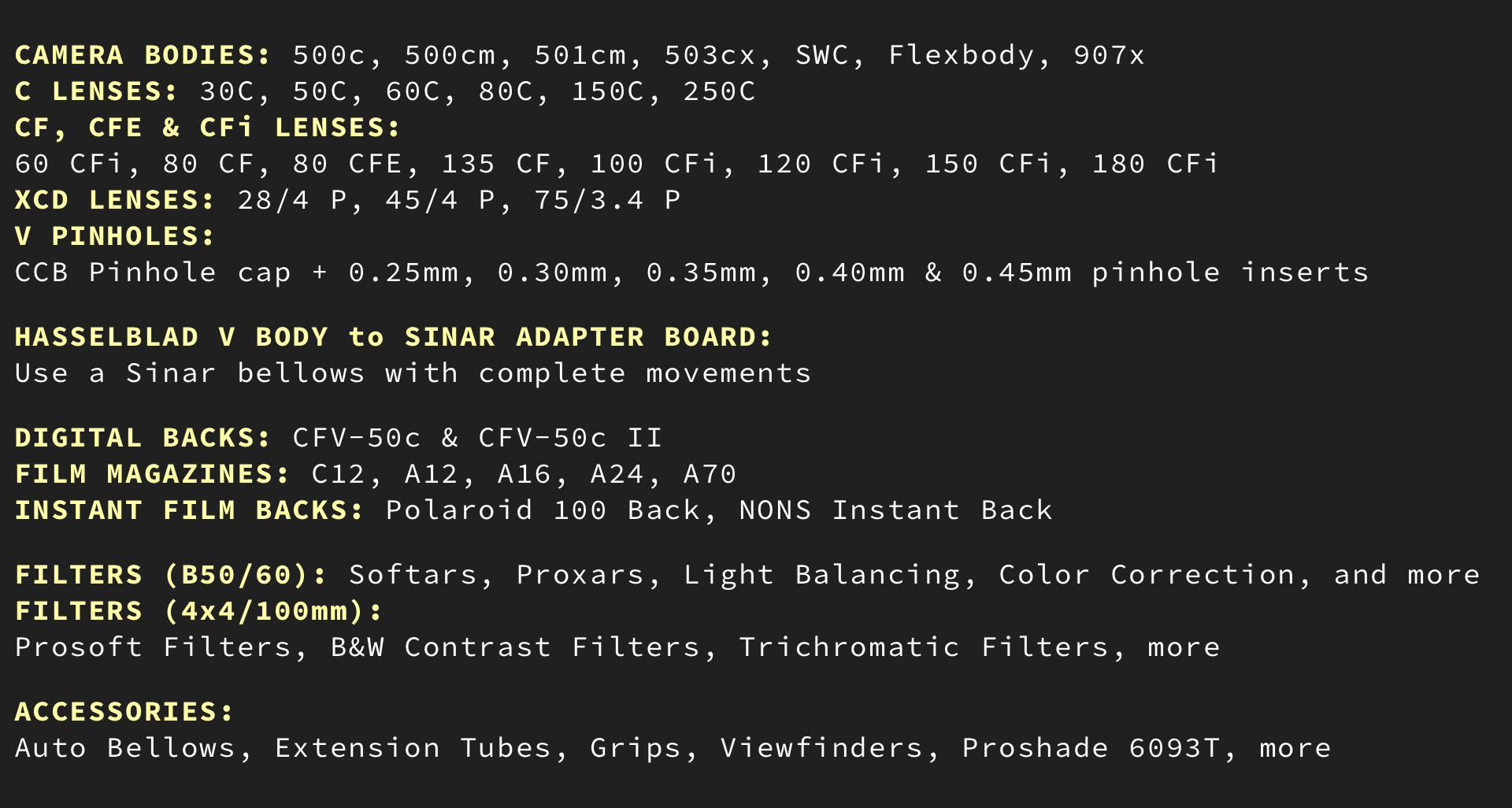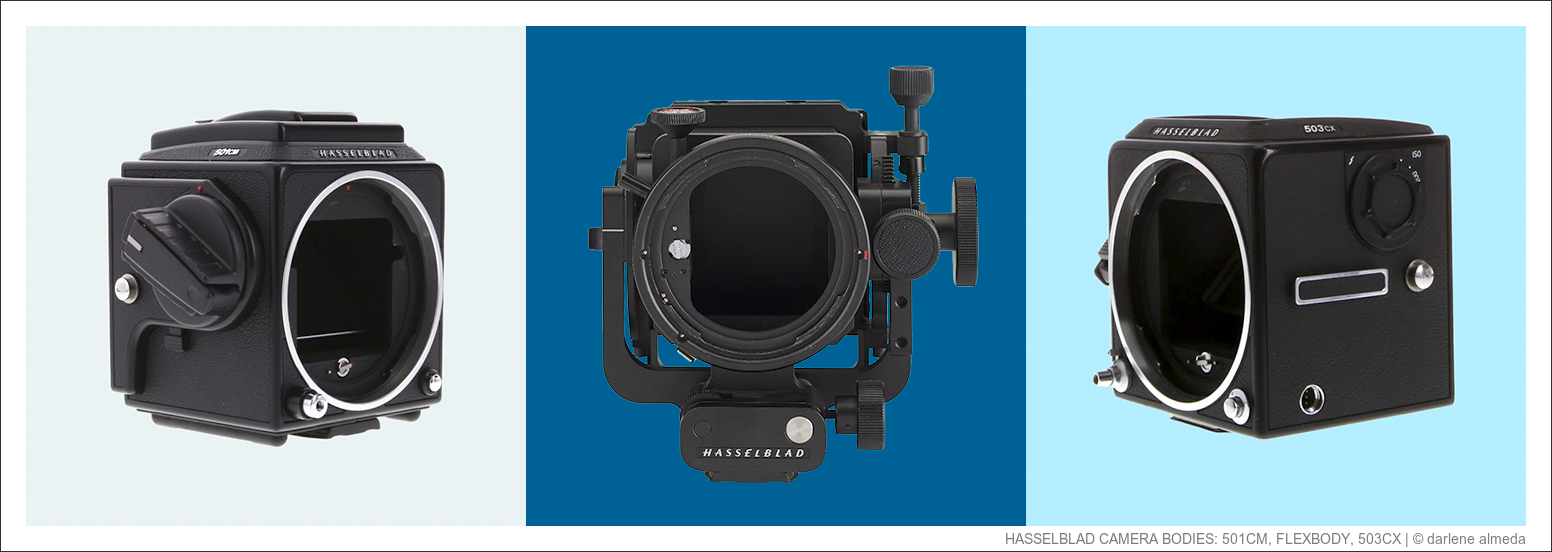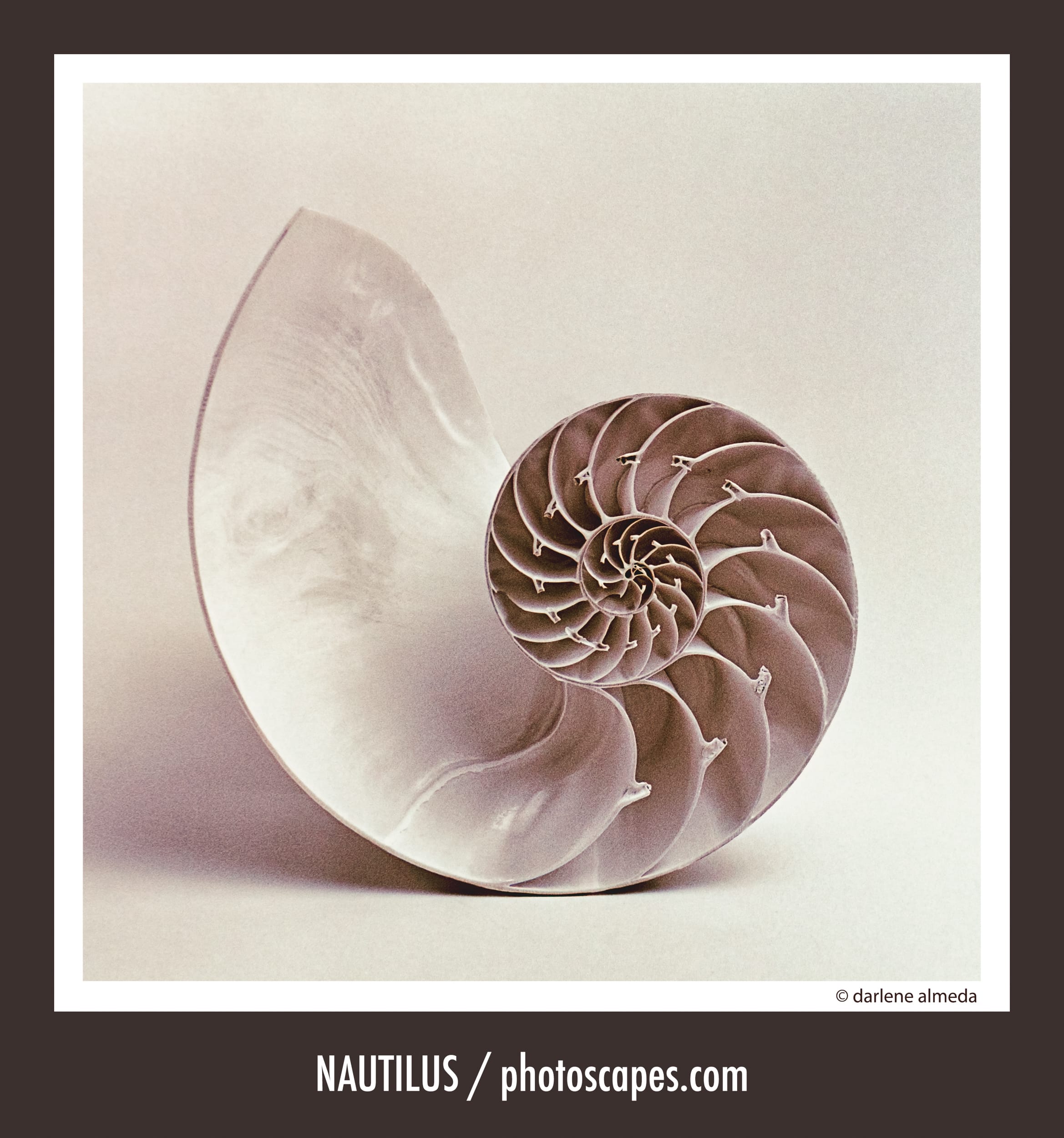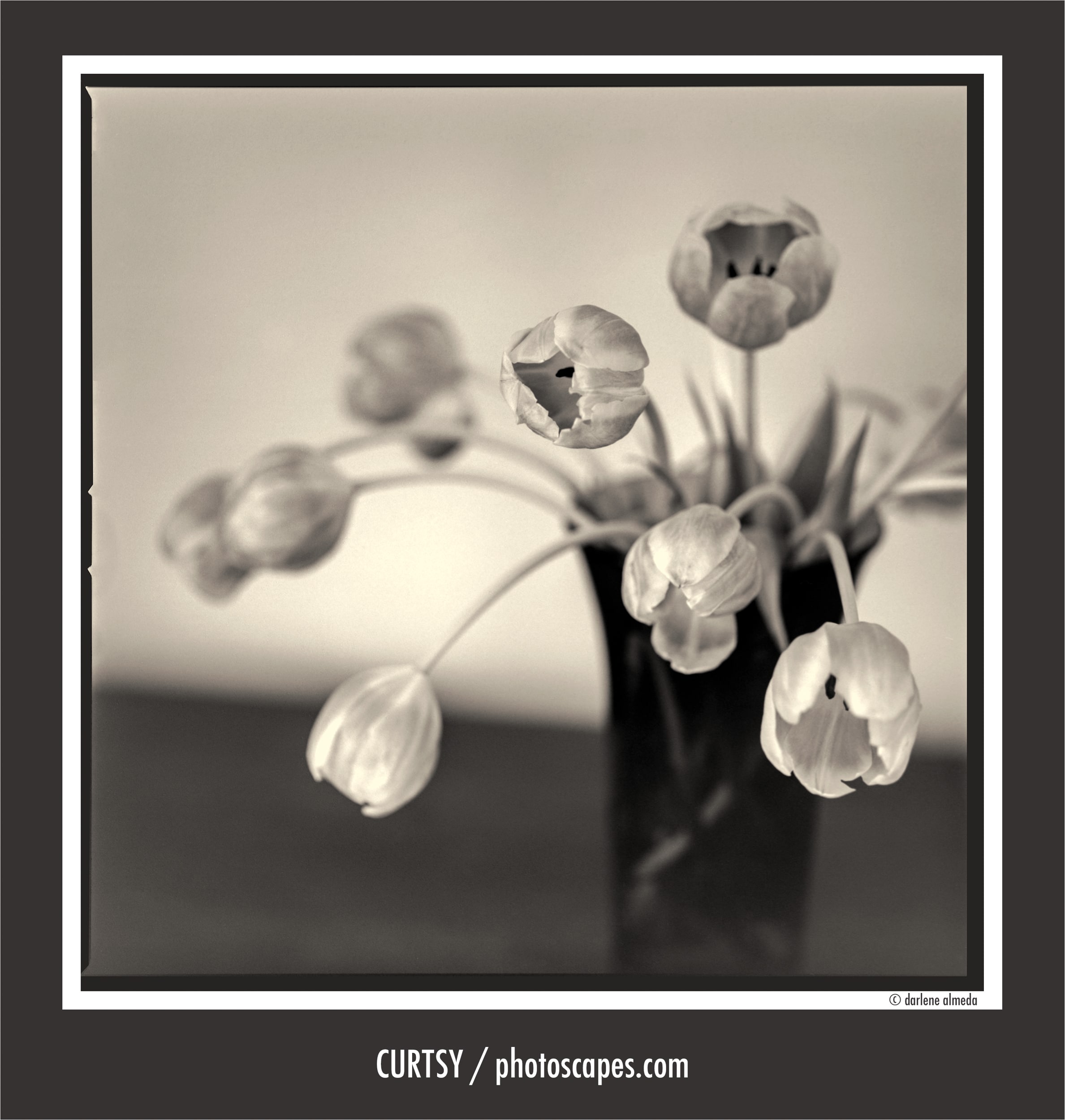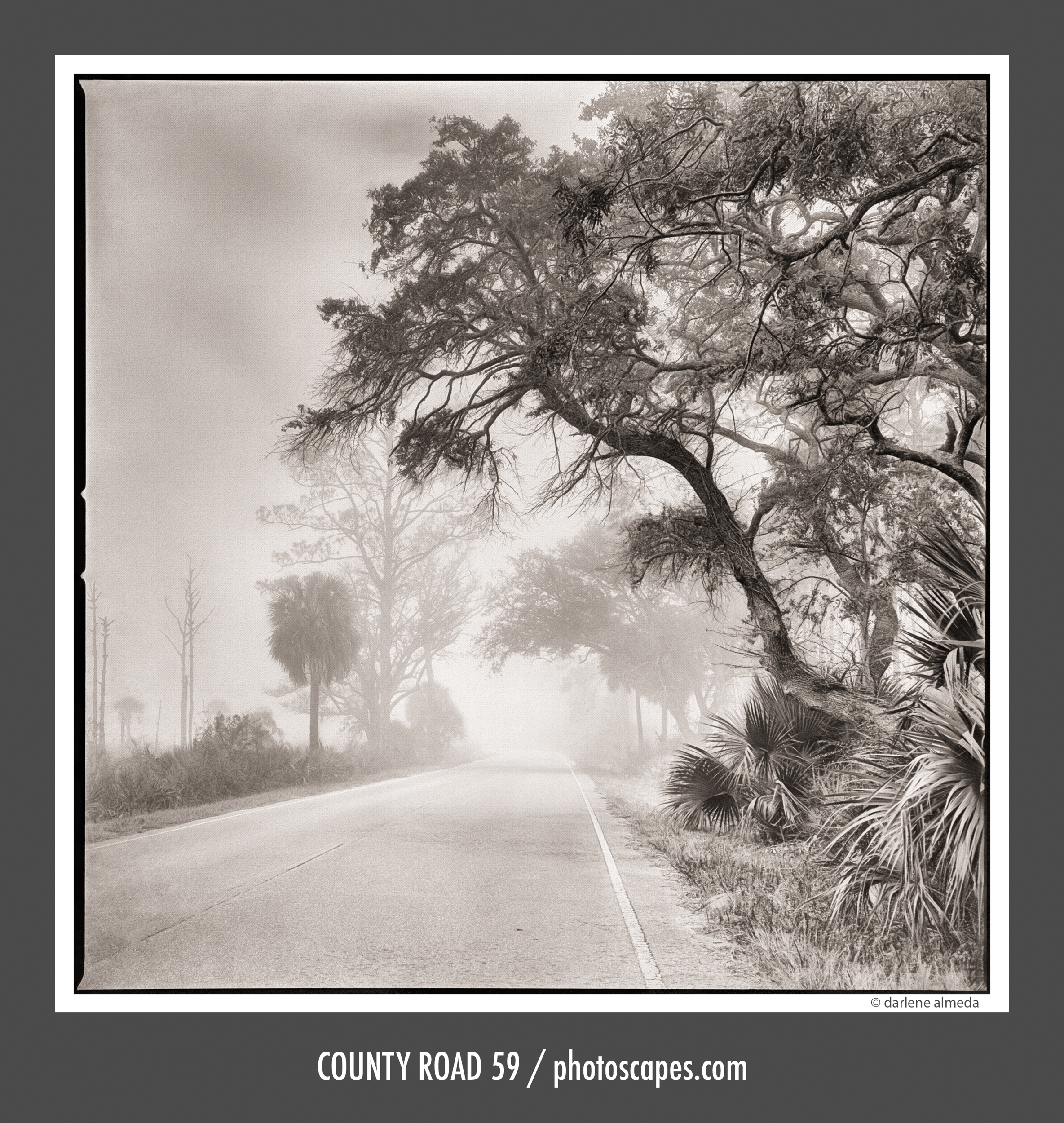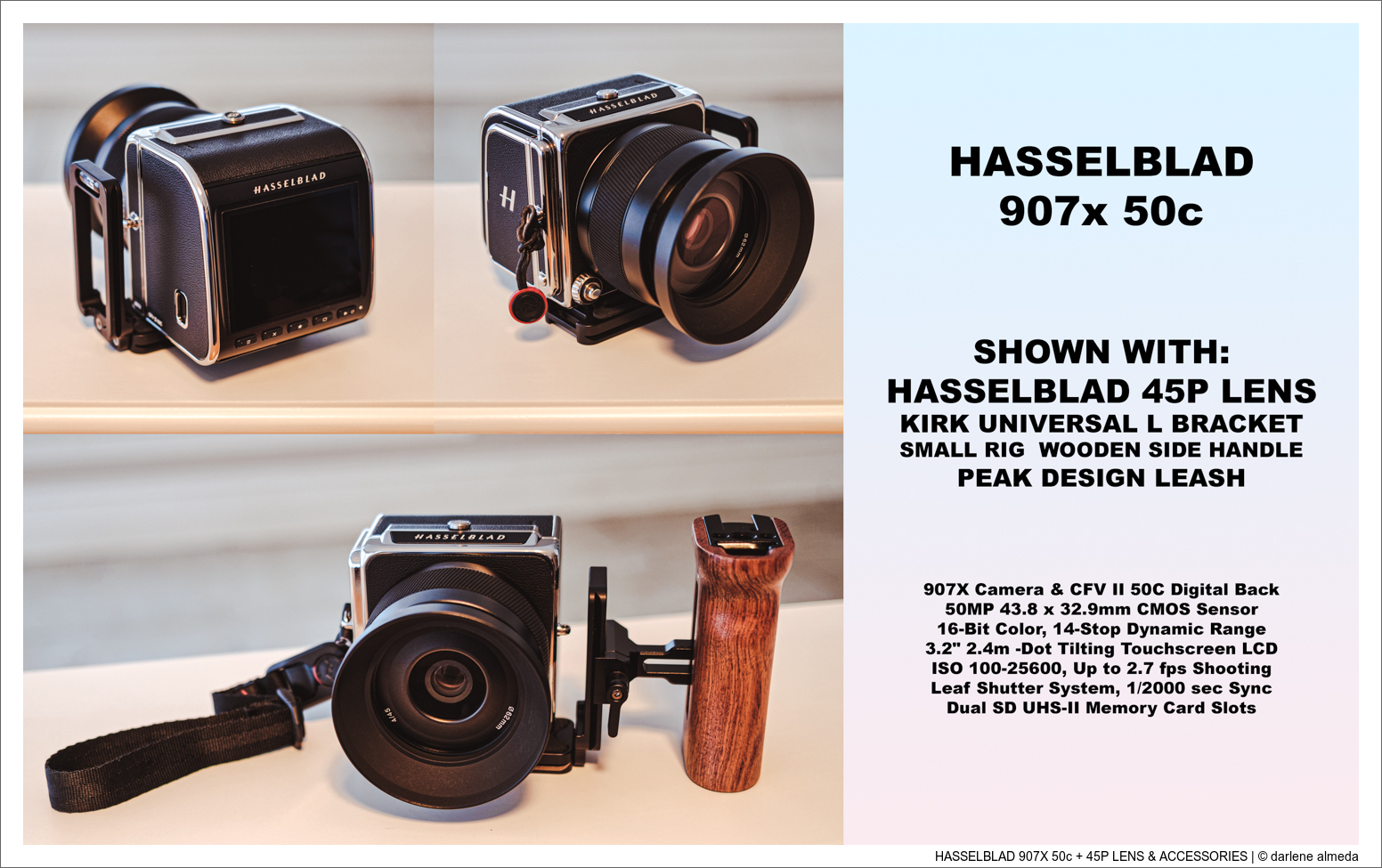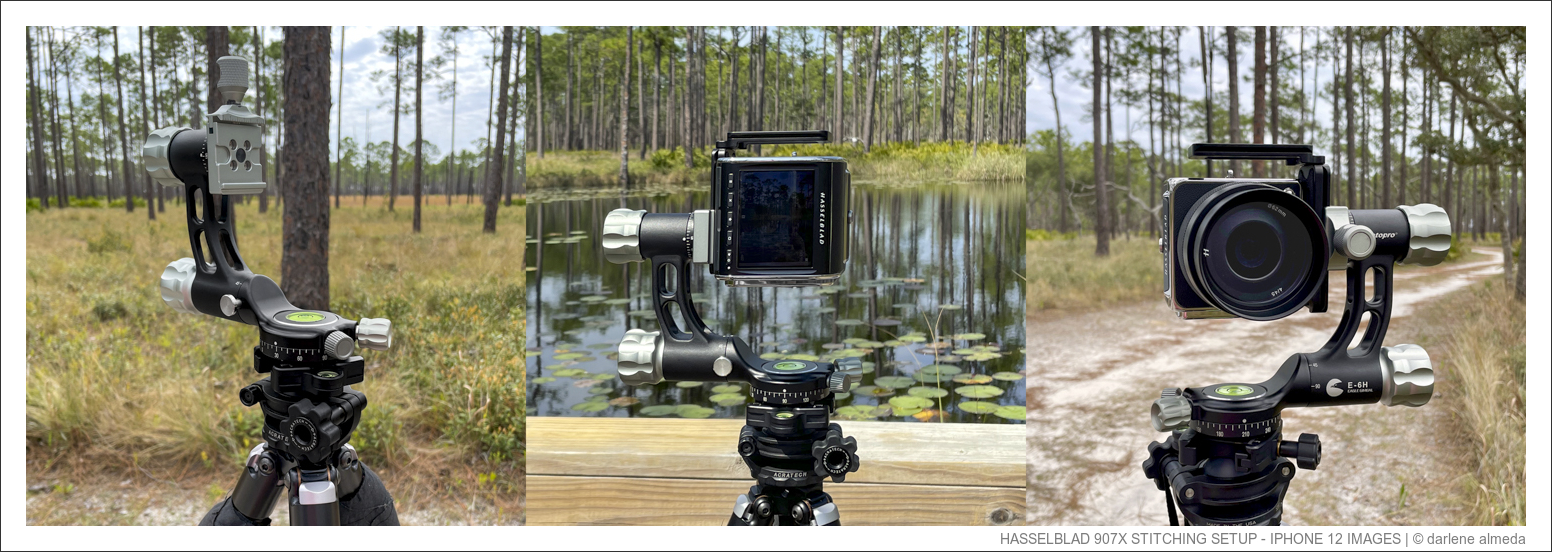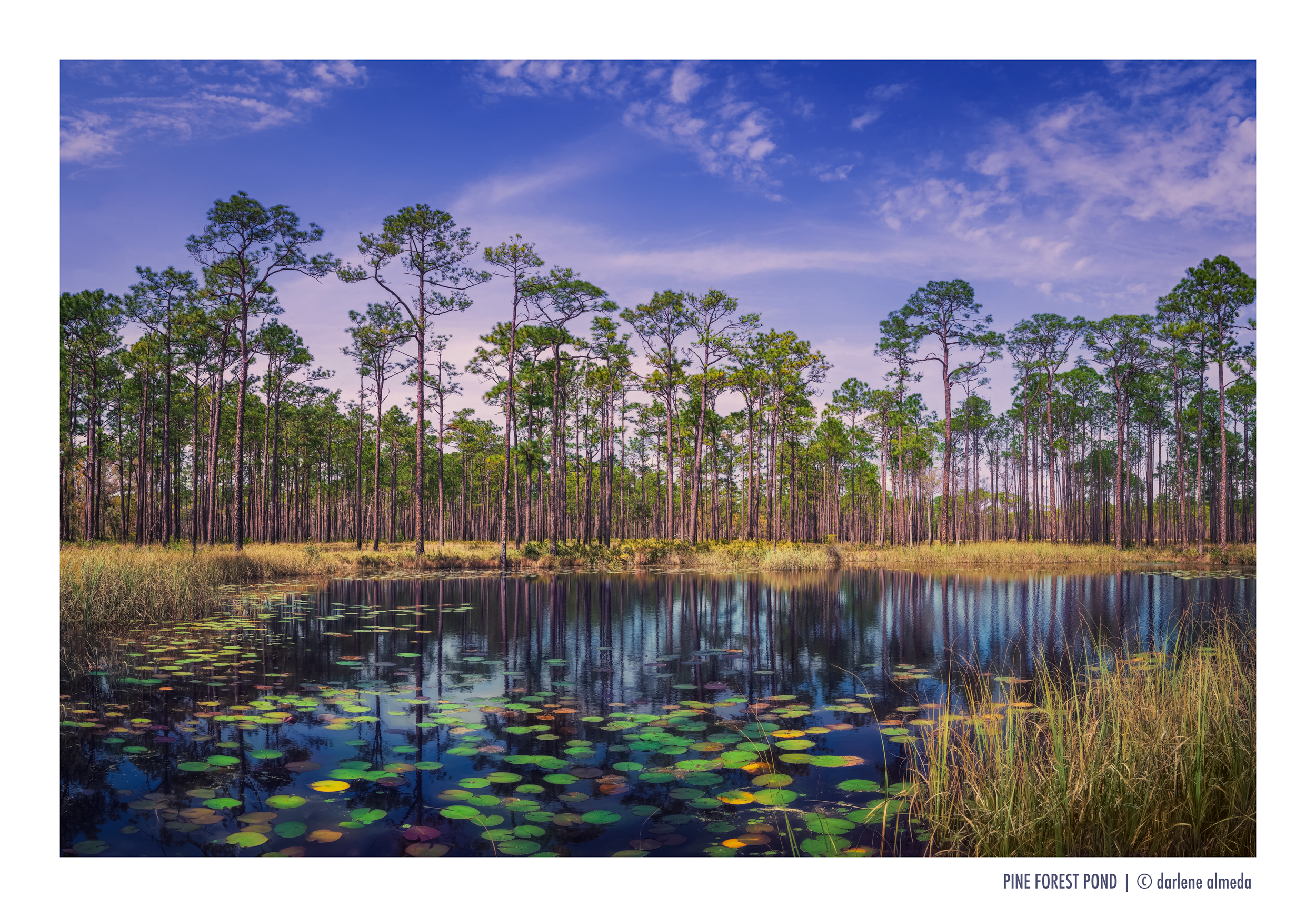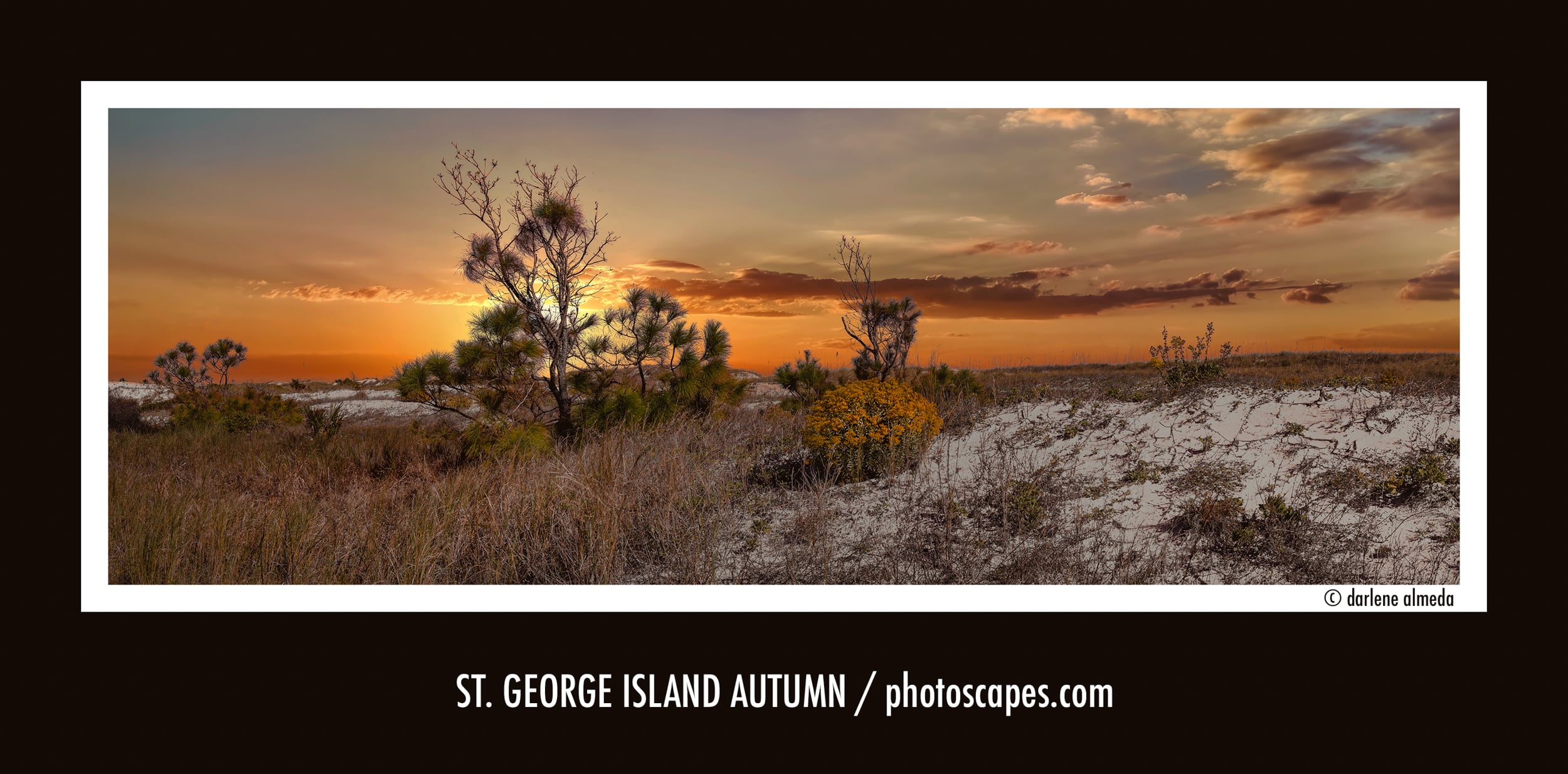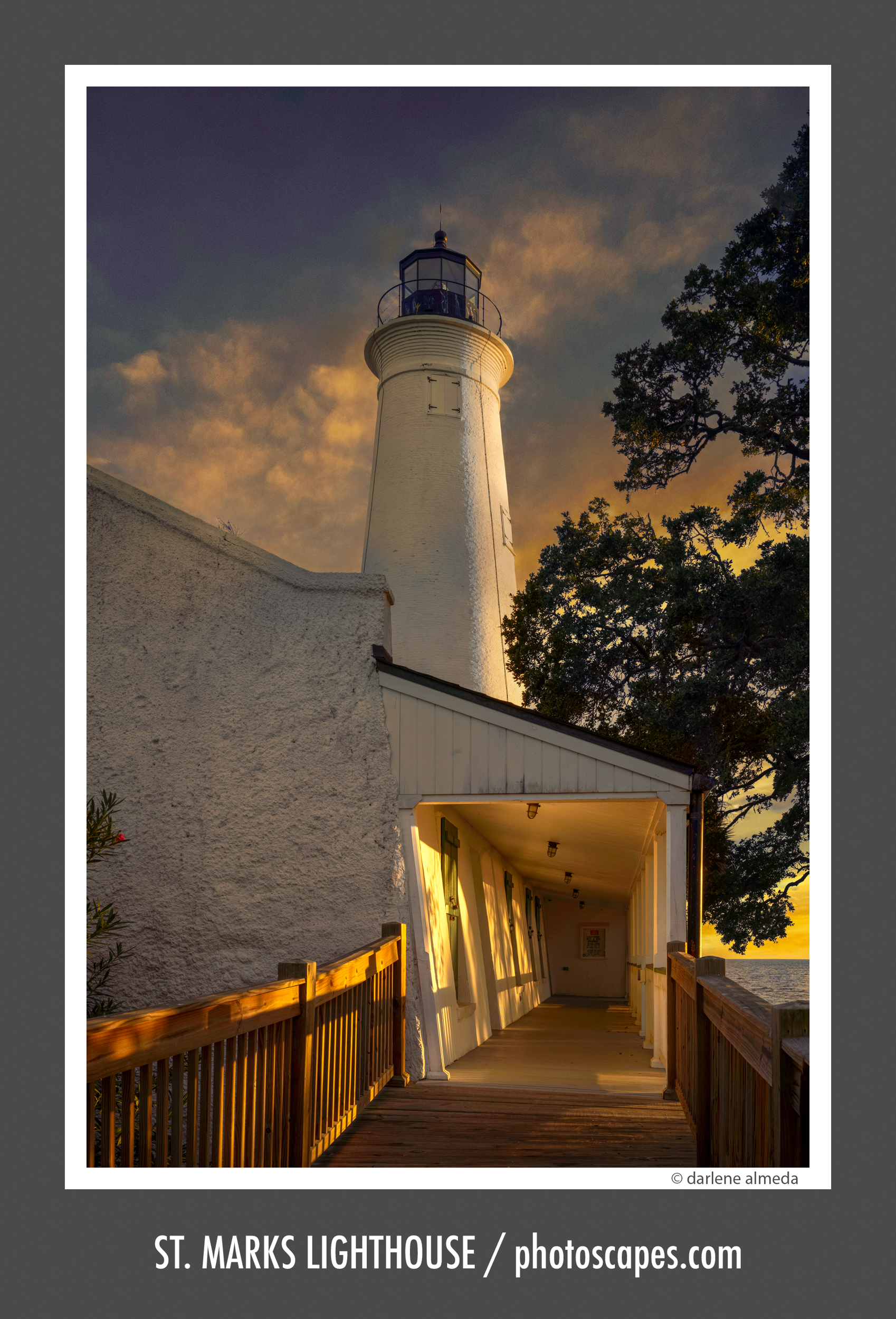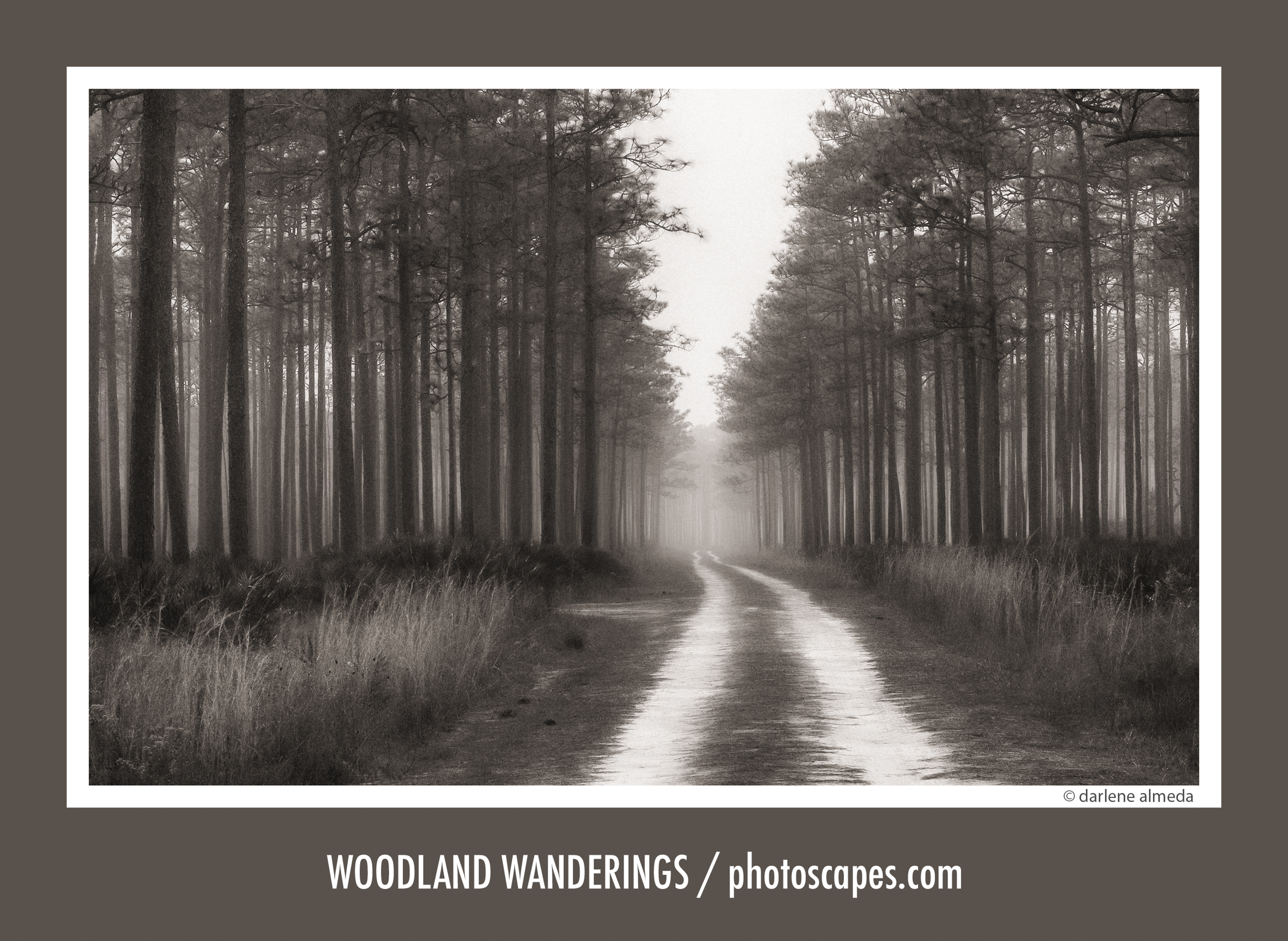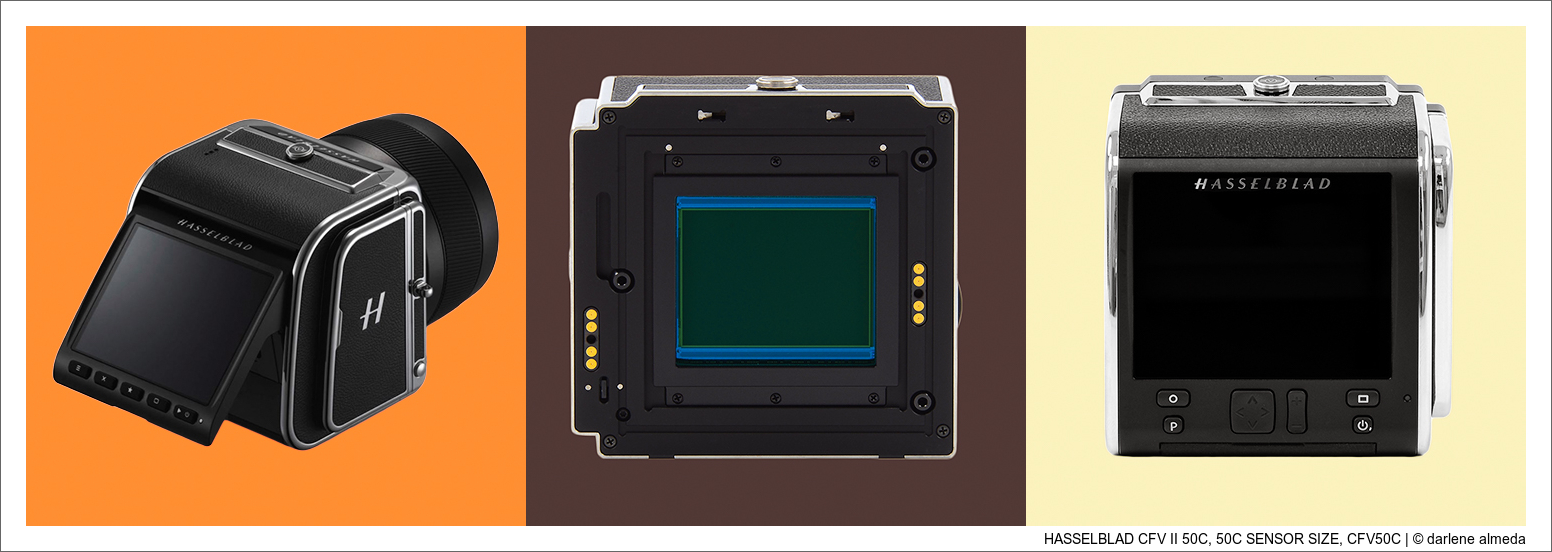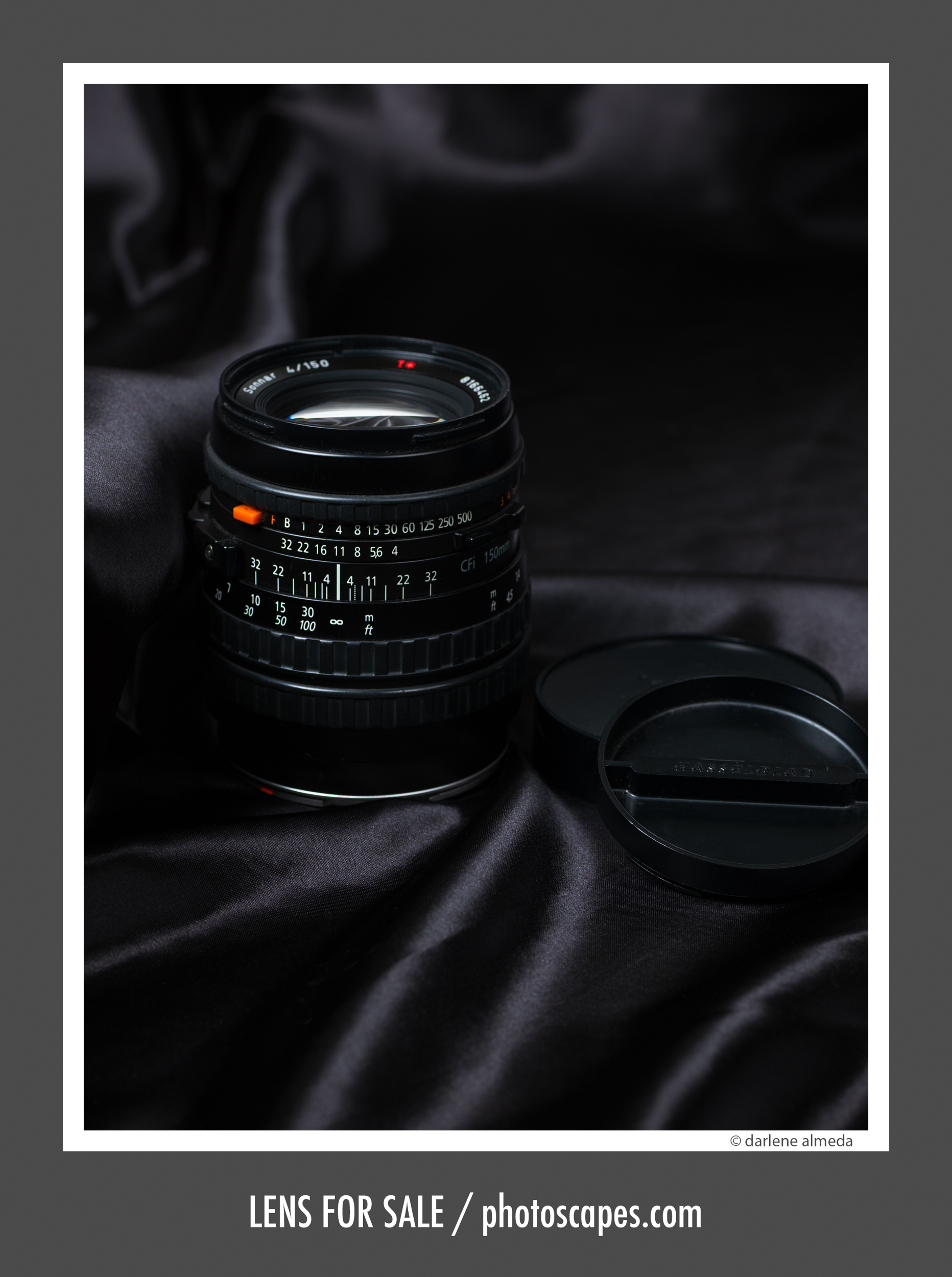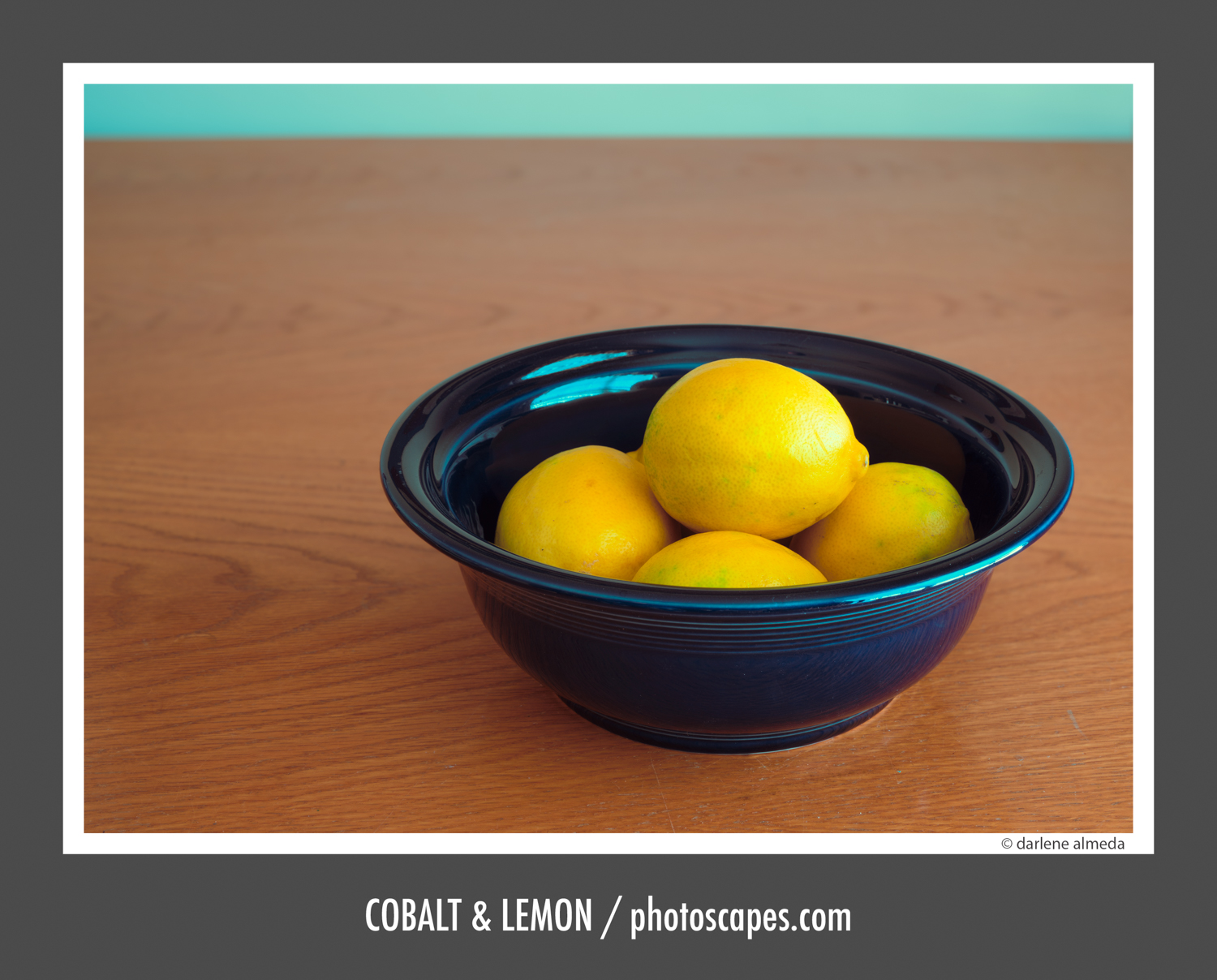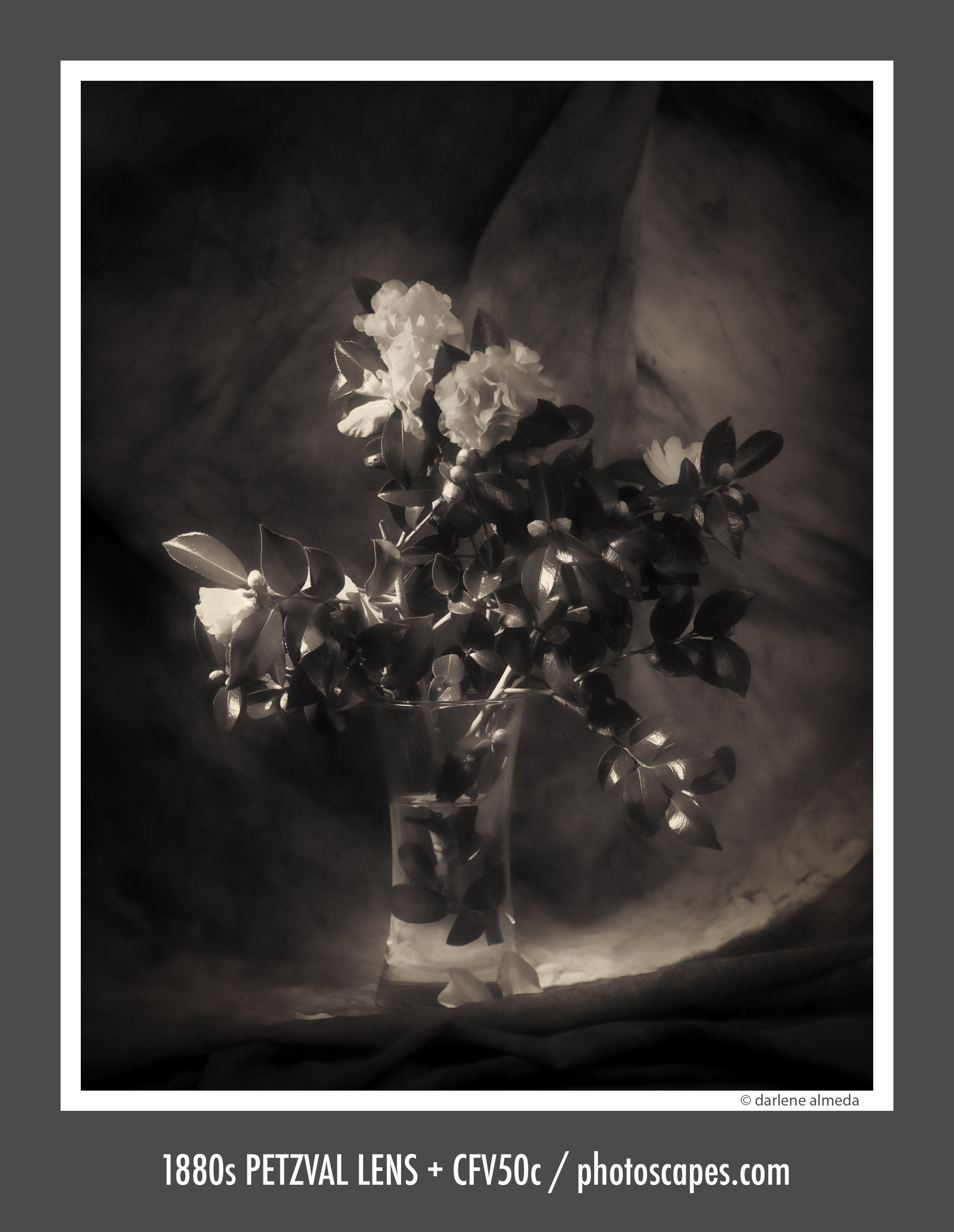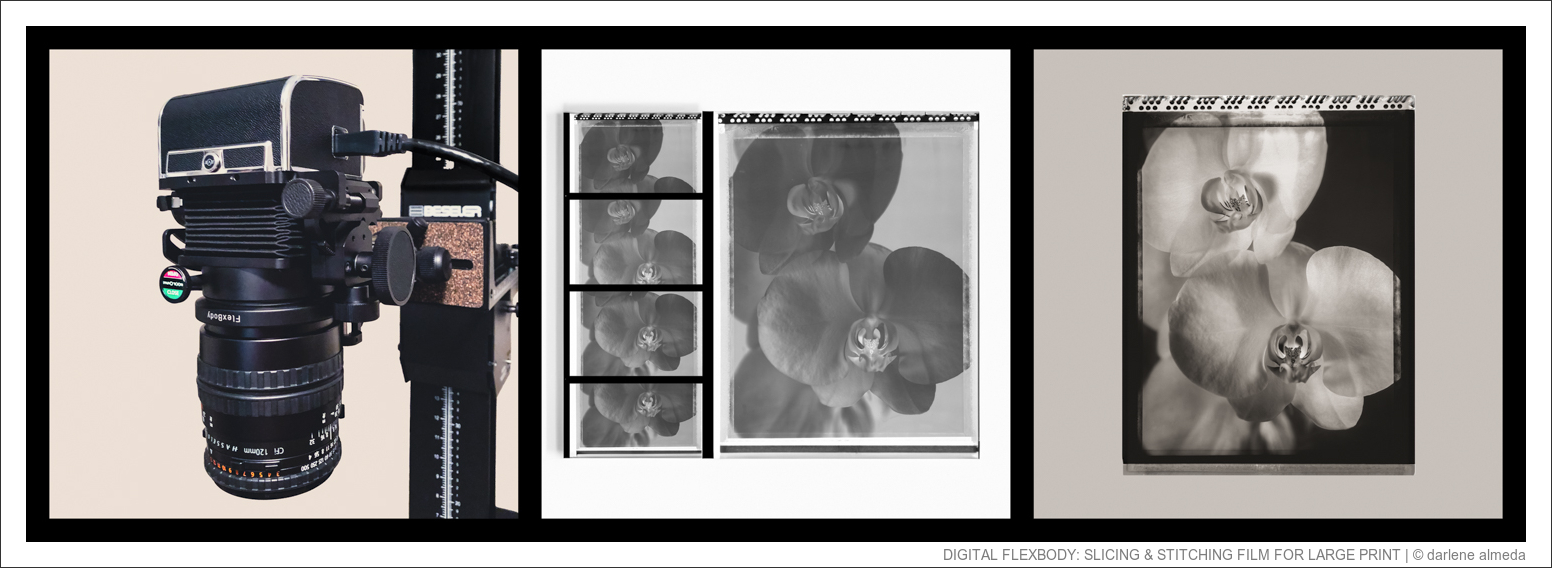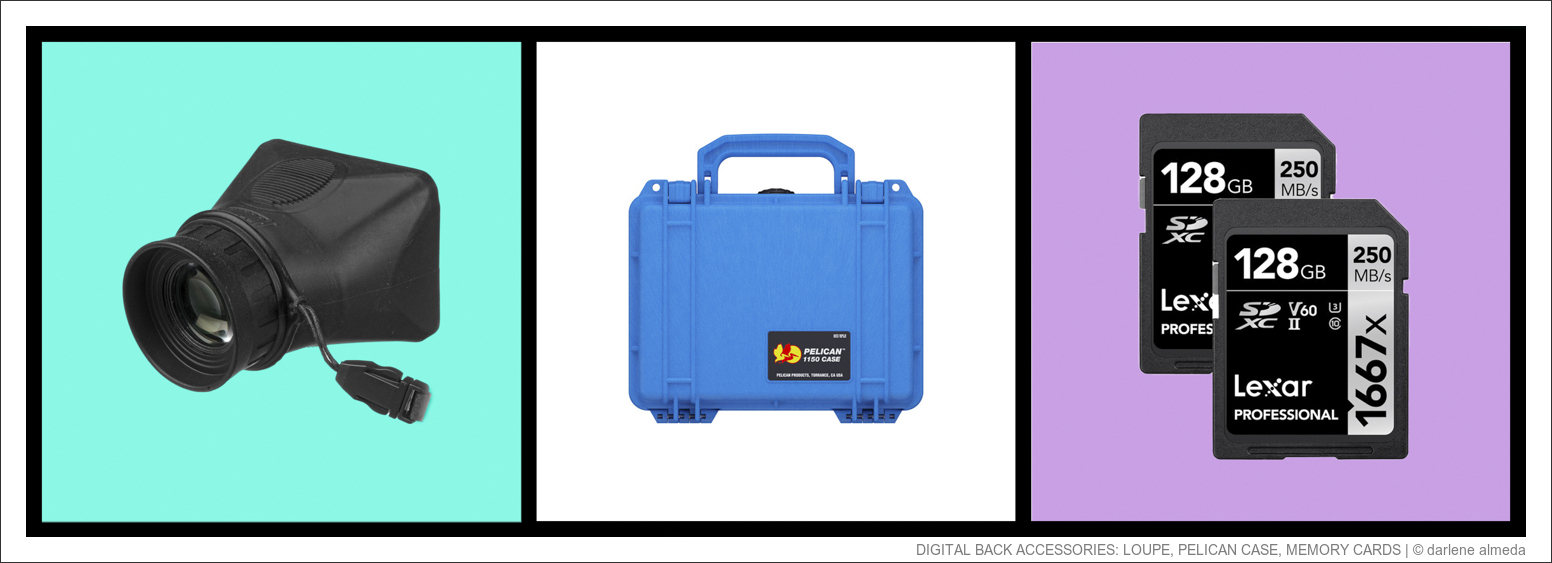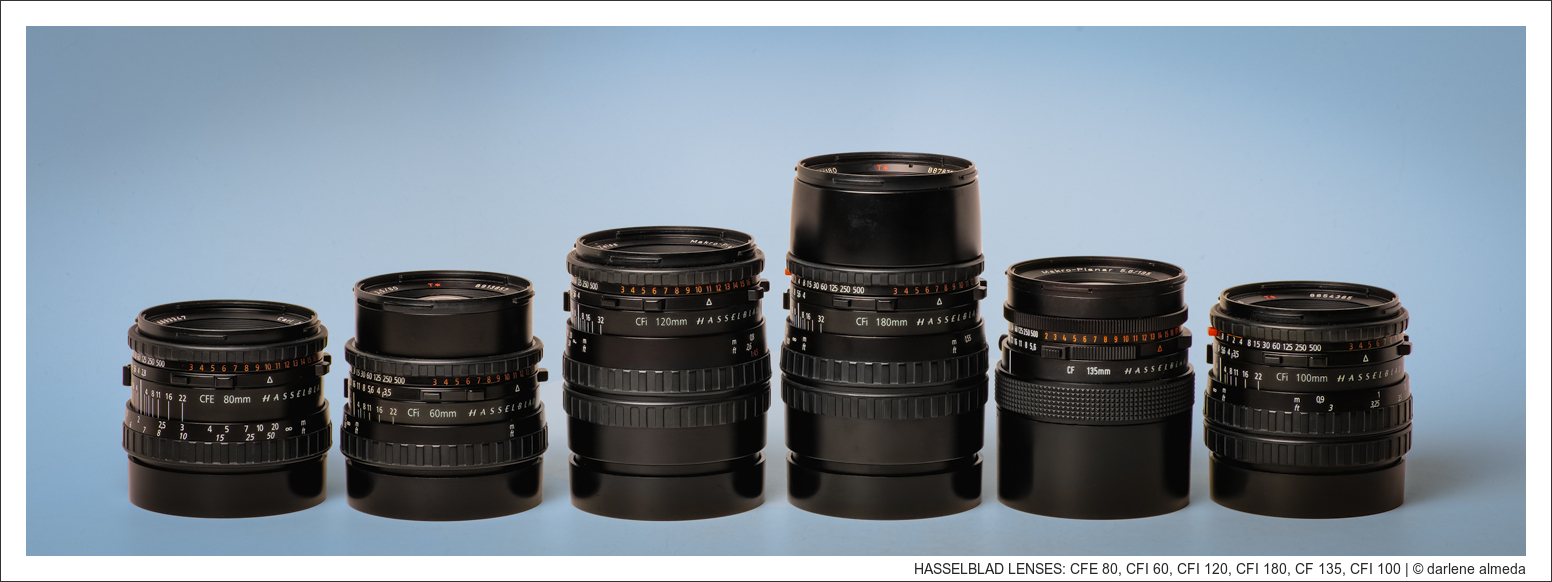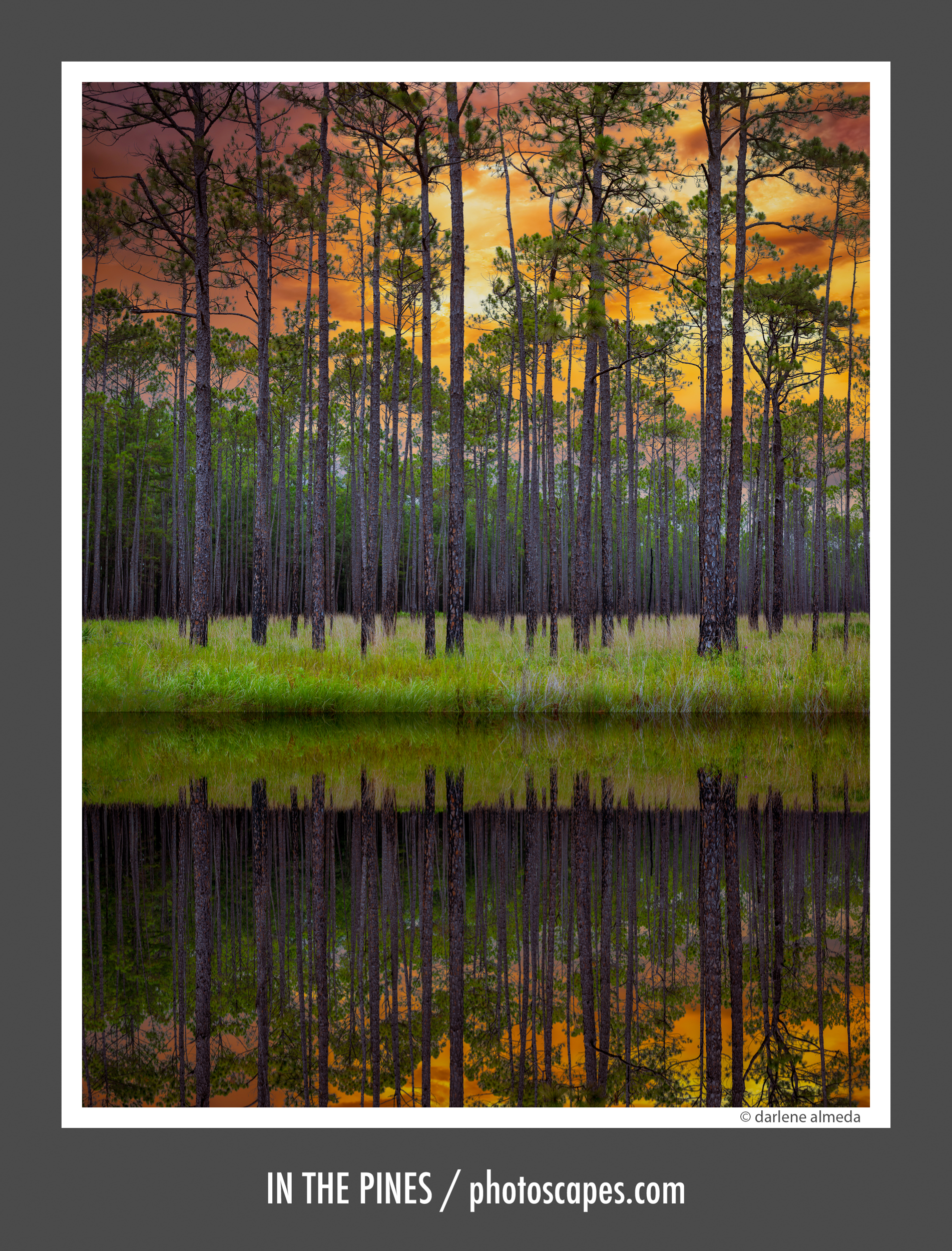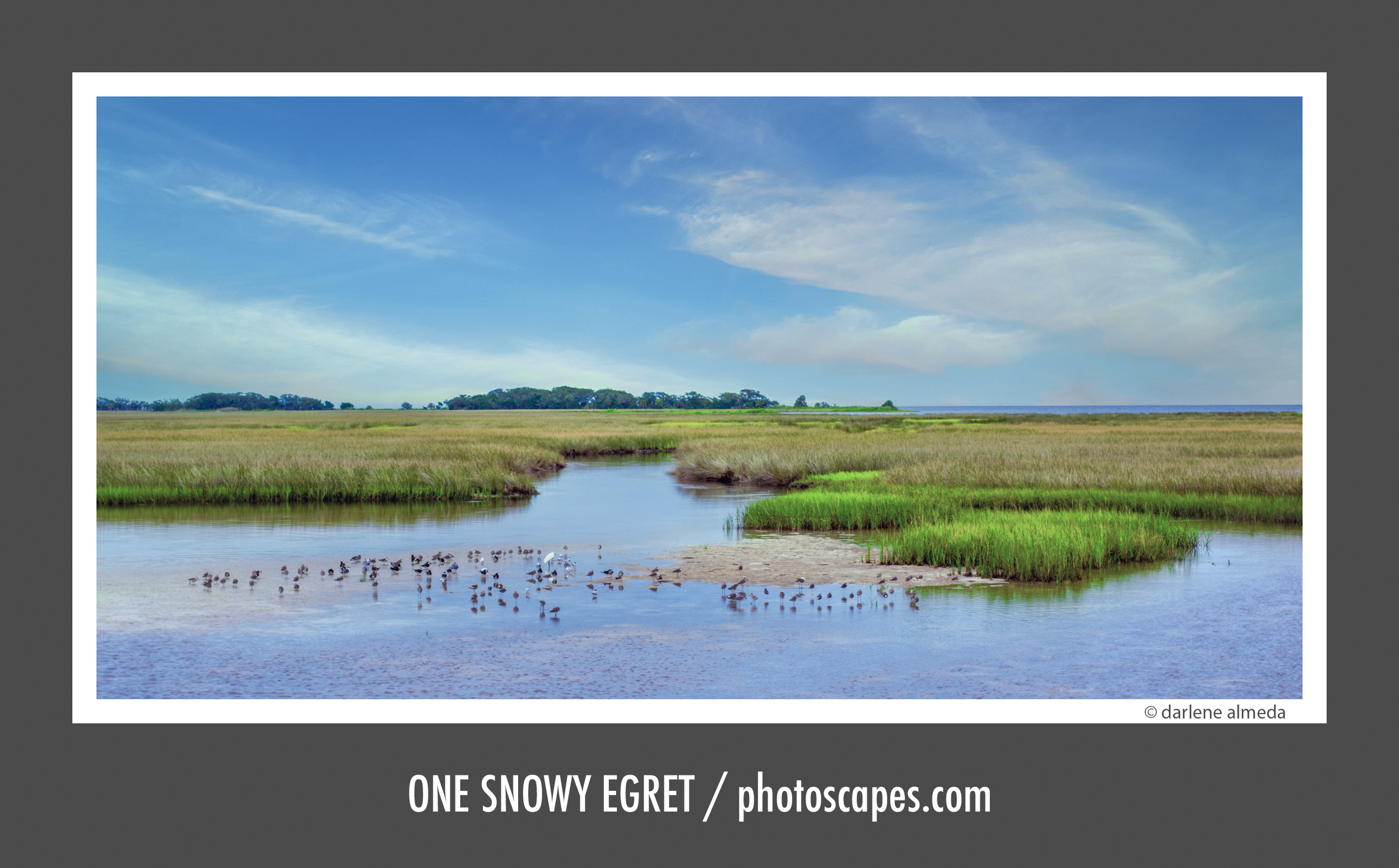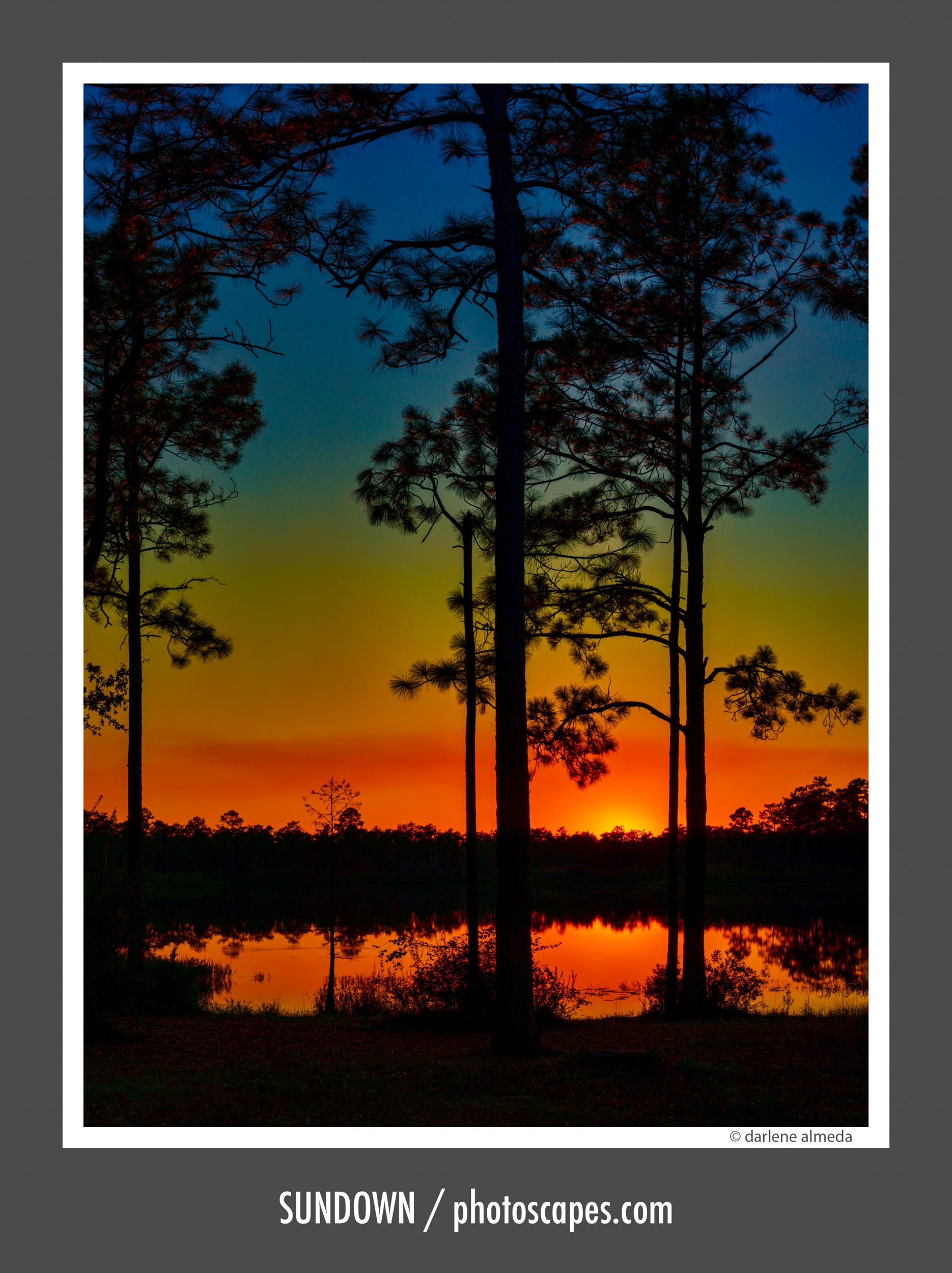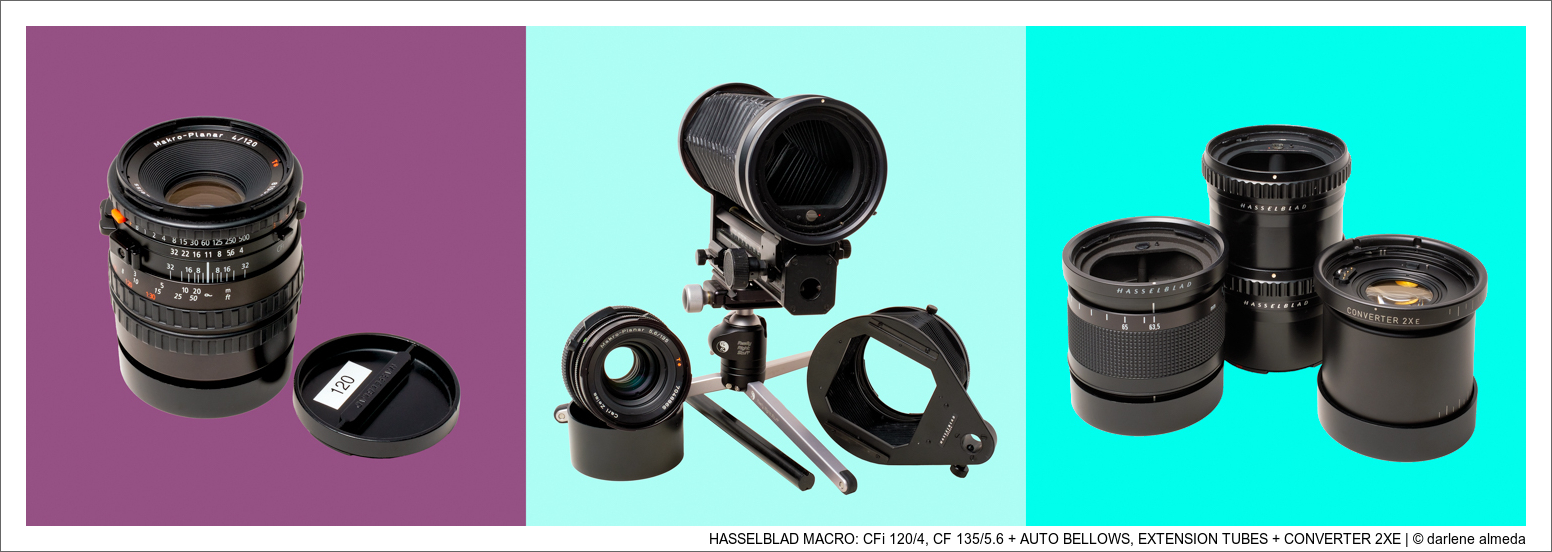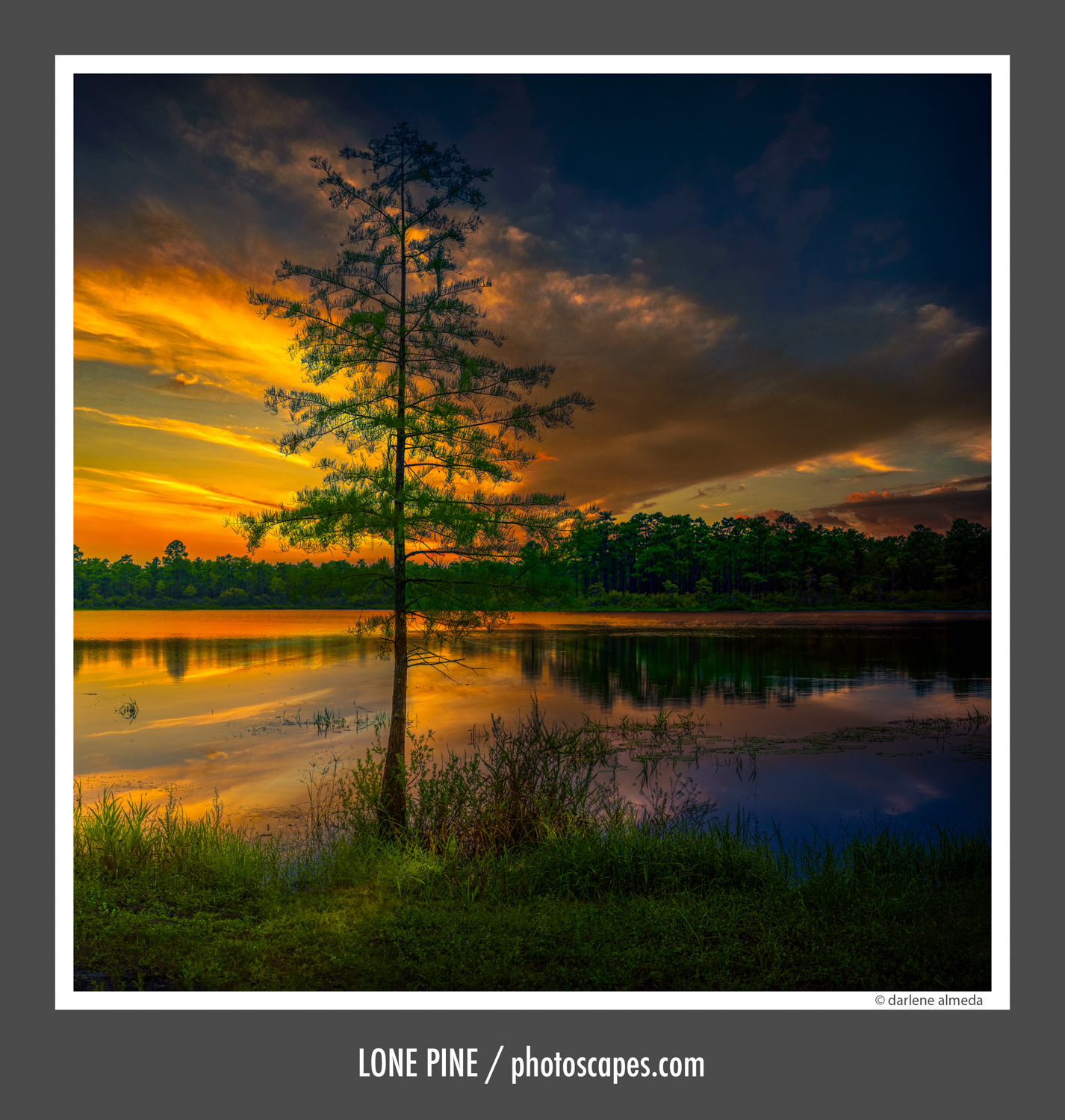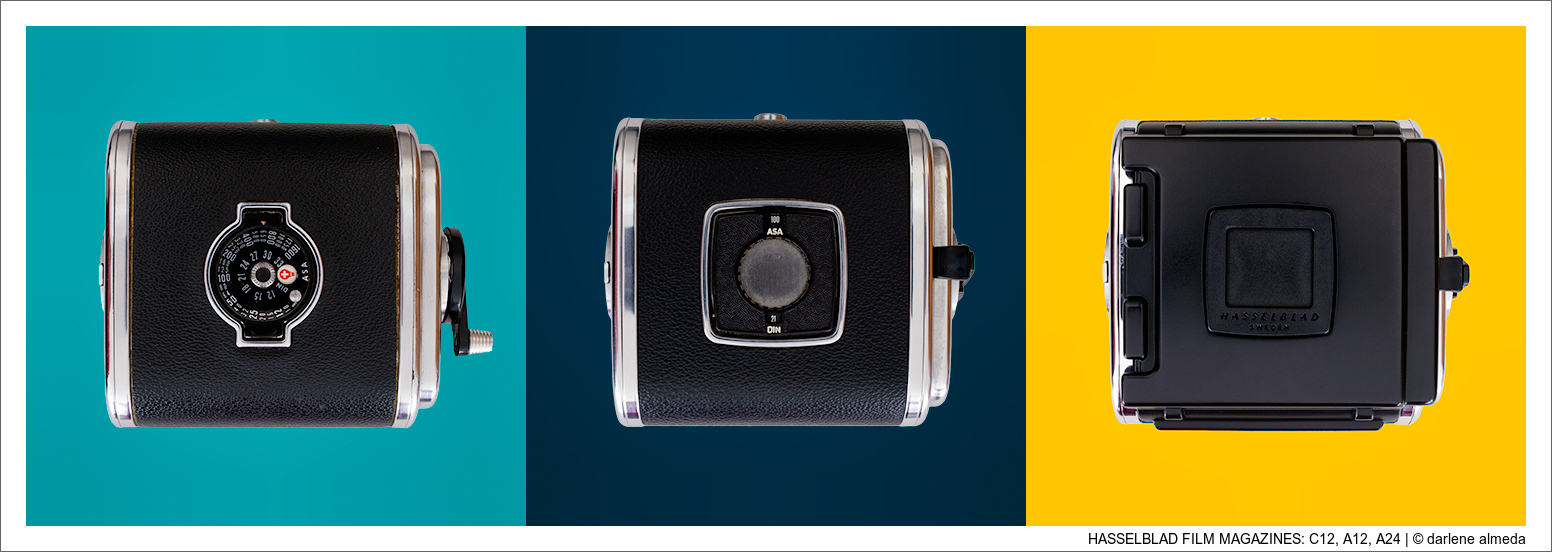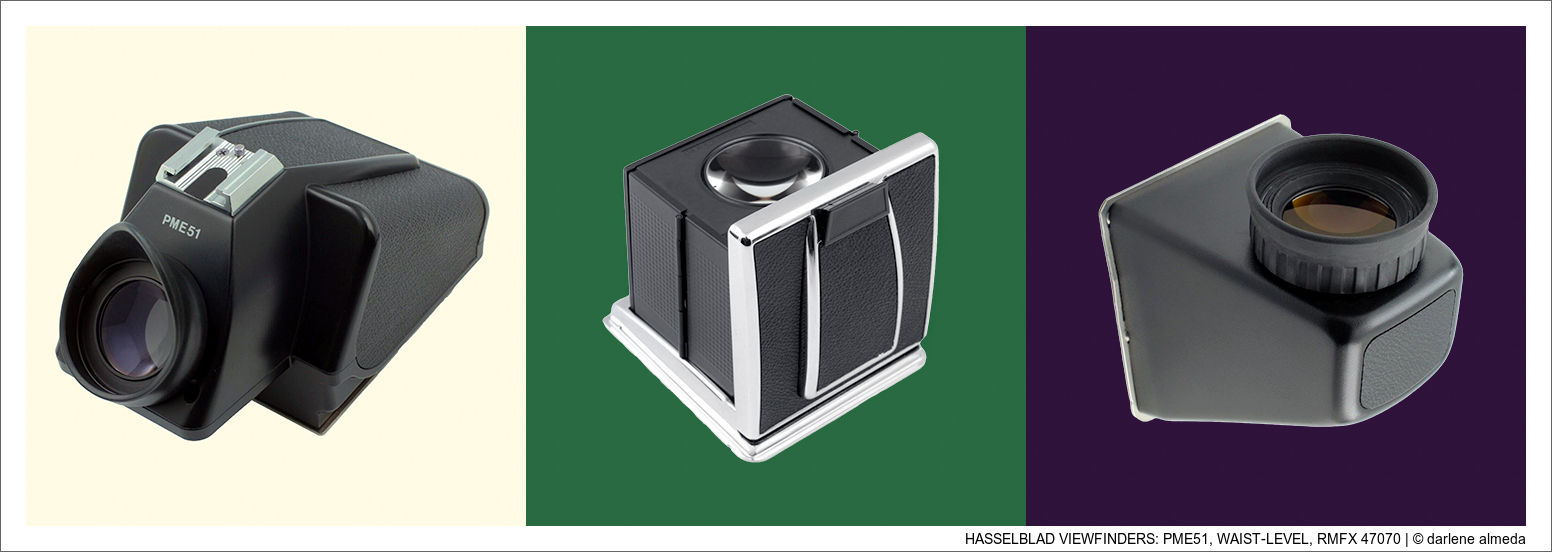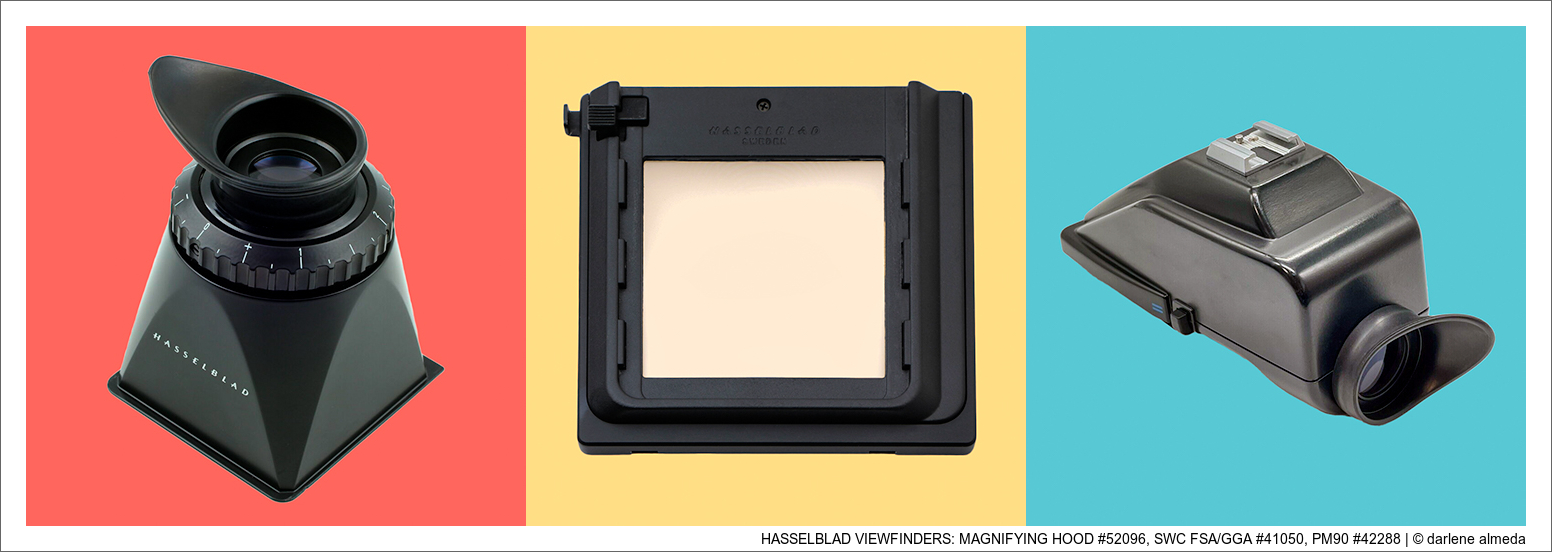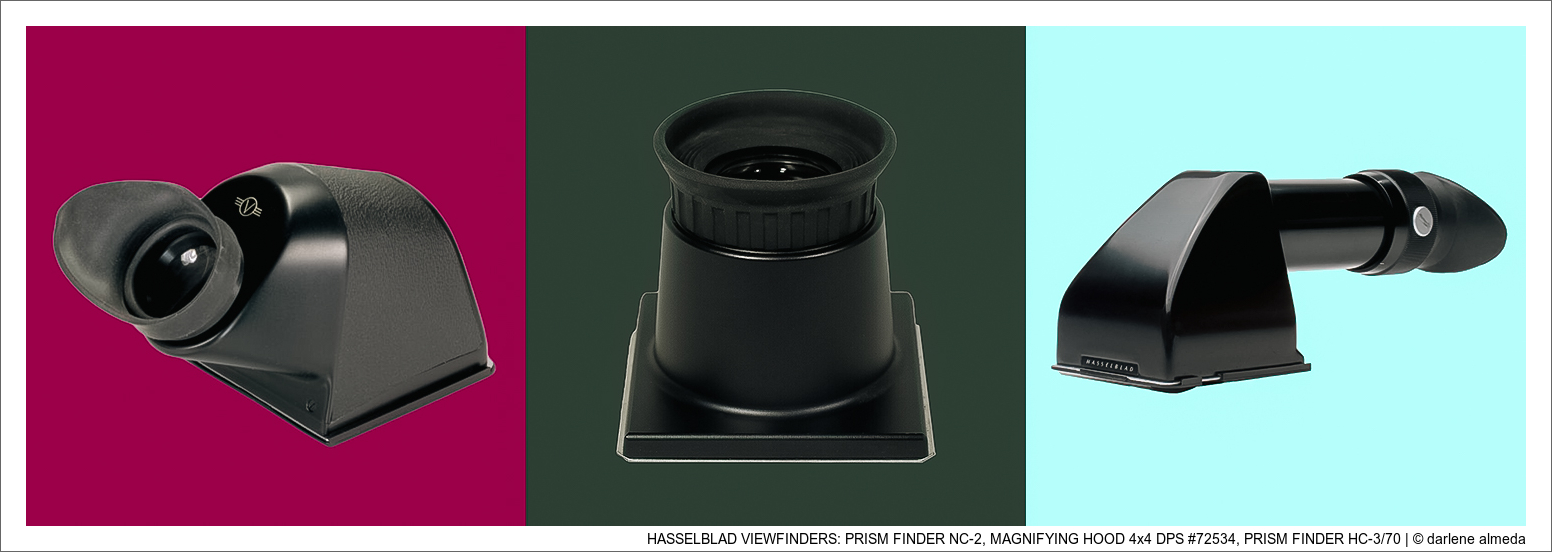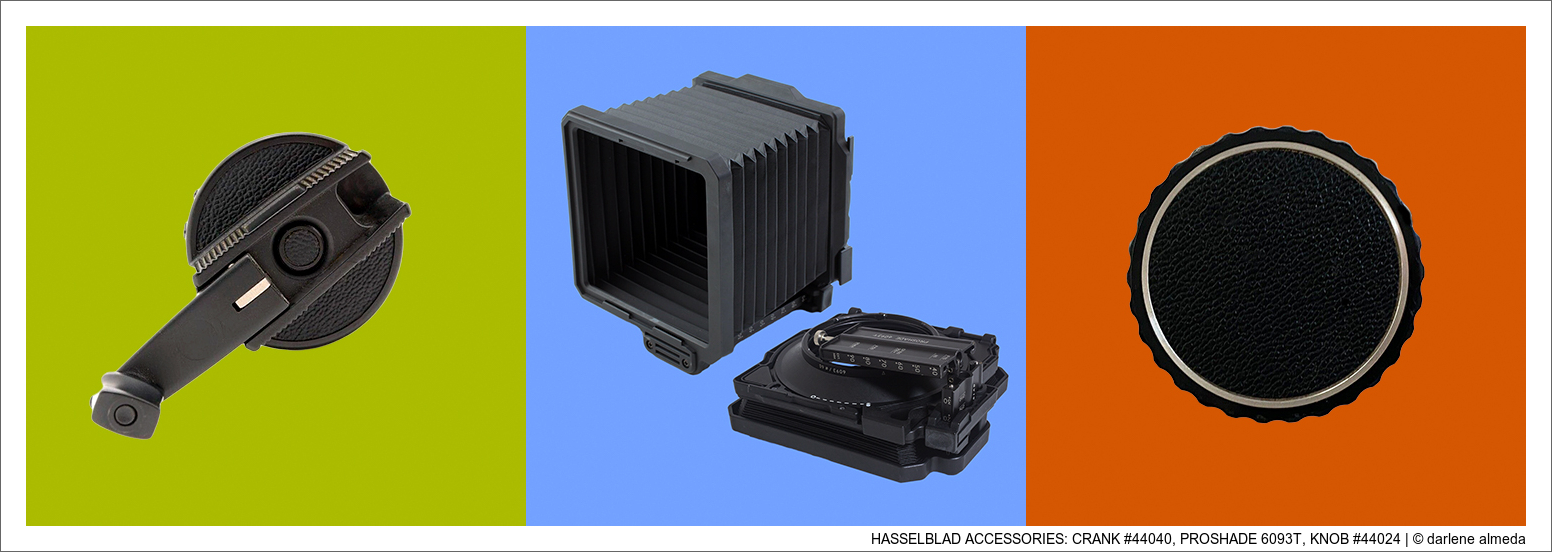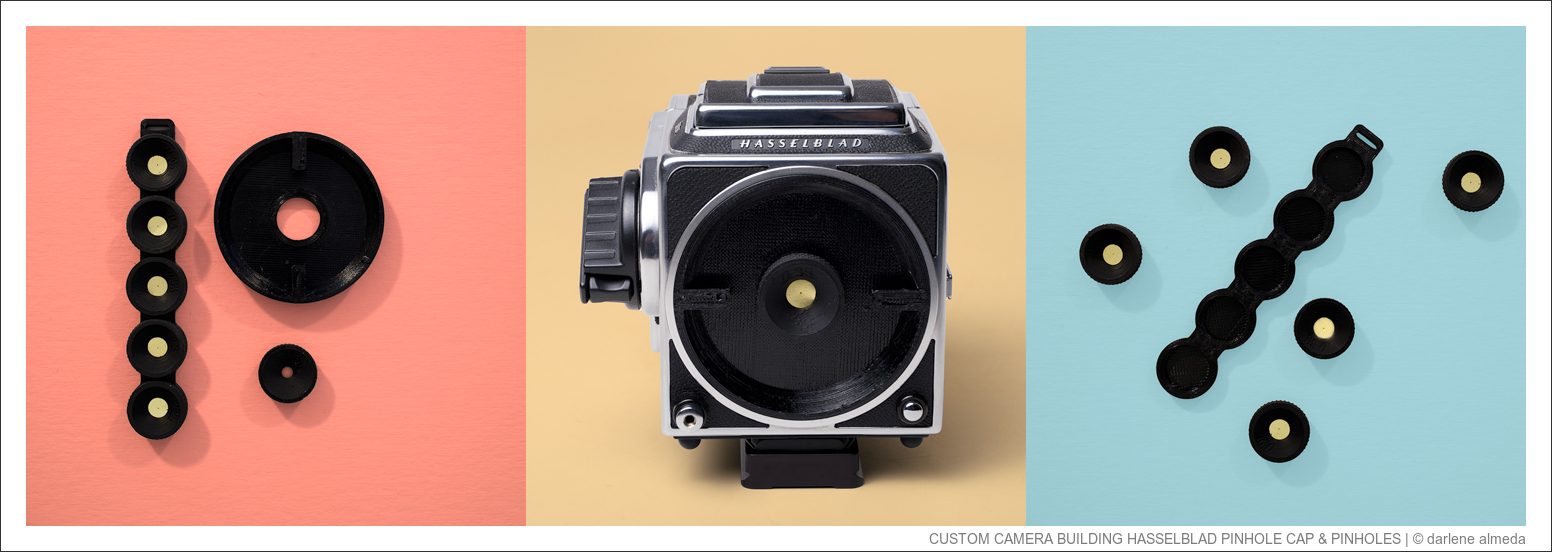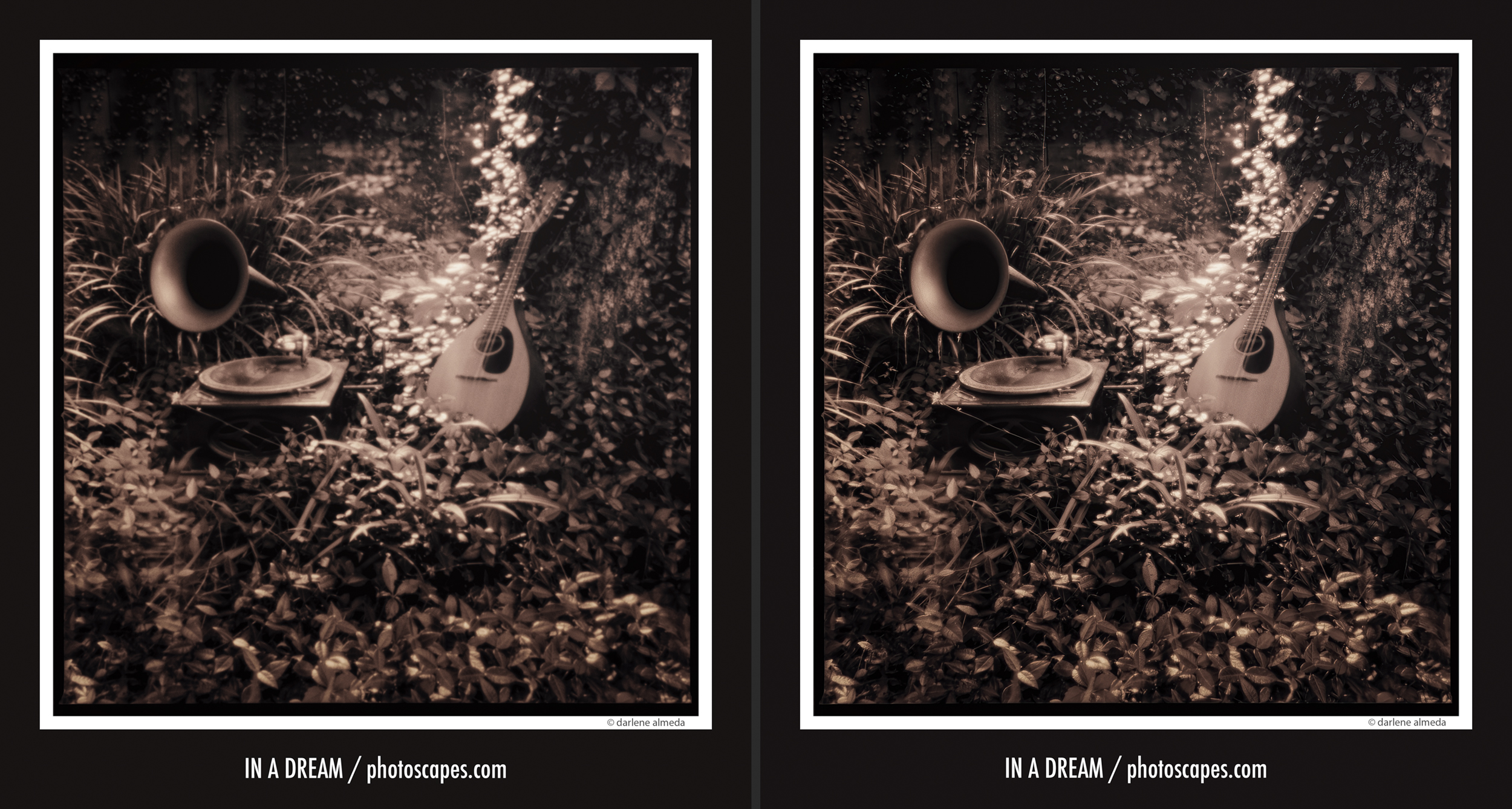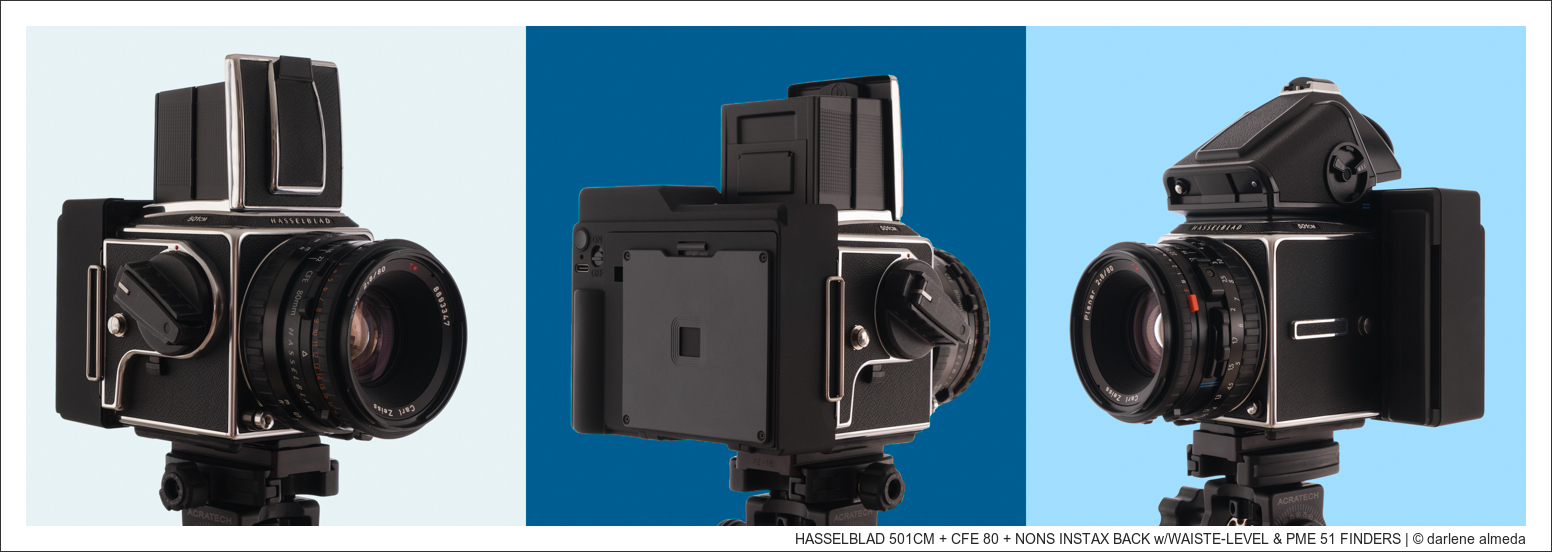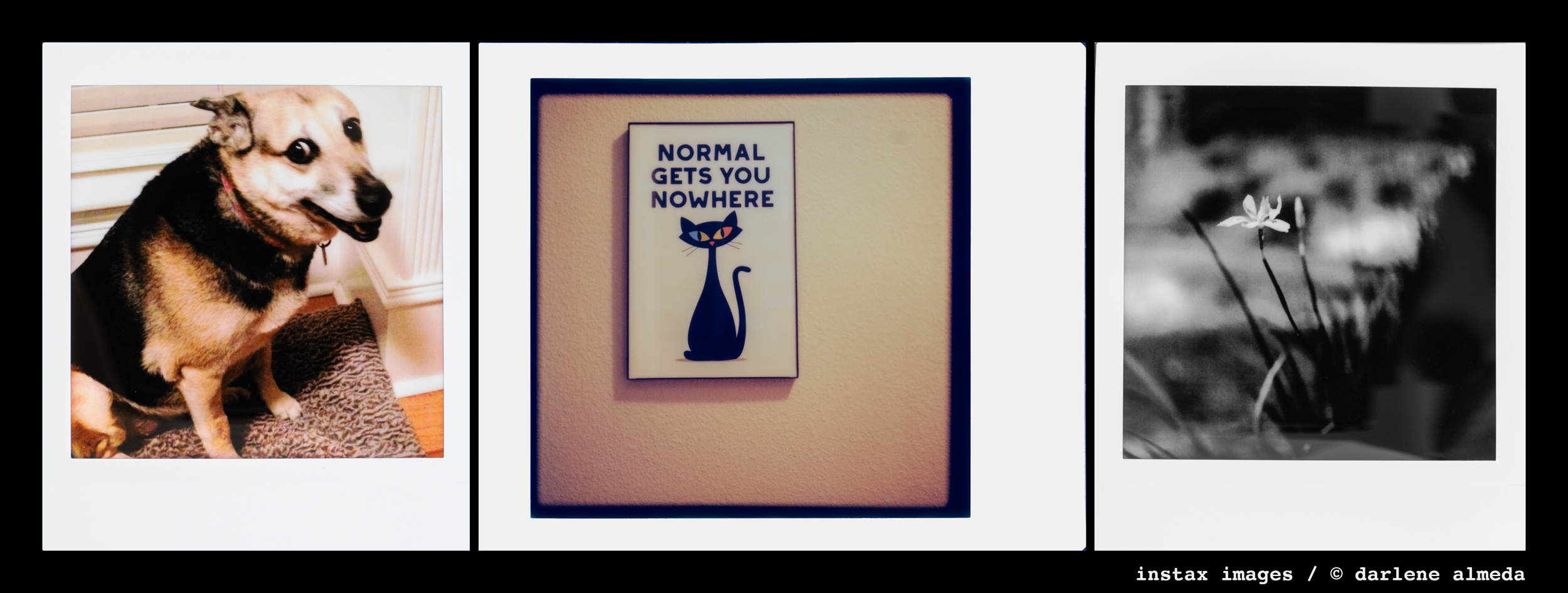HASSELBLAD CAMERAS: 500C, 500CM, 501CM, 503CX, SWC, FLEXBODY & 907X
INTRO
I found no other medium format camera system as complete. A system that can withstand the abuse of a long commercial career. Much of my work was done on location, where we would constantly break down, shoot, pack up for transport, and rebuild again. This quickly highlights which equipment is built for the commercial world and which will fail or get damaged too soon. I tried several other medium-format camera systems over my career, but quickly learned that their plastic housings, weak lens mounts, or electronic builds could not compare to what I knew I had with Hasselblad. This page will showcase my continued use of Hasselblad cameras for both film and digital, as well as the kits I select for my projects.
Below is a list of Hasselblad cameras and accessories with which I have experience. I can be contacted regarding questions about my experience with these items.
LITERATURE AVAILABLE
CAMERA MANUALS: 501cm, 503cx, 907x 50c, ArcBody, FlexBody
‘V’ LENS DATA SHEETS: 60 CFi, 80 CFE, 100 CFi, 120 CFi, 135 CF, 180 CFi
XCD LENS DATA SHEETS: 28P, 45P, 75P
The Pacific Rim Camera Reference Library has Hasselblad catalogs from various years past. Its library contains a great collection of information on many different brands and vintages of photographic equipment.
DATING HASSELBLAD GEAR
For those interested, using the first two letters of any Hasselblad serial number for bodies, film magazines, and other items, the year of manufacture can be determined using the code below. For Hasselblad Zeiss lenses, please go here.
| V | H | P | I | C | T | U | R | E | S |
| 1 | 2 | 3 | 4 | 5 | 6 | 7 | 8 | 9 | 0 |
THE HASSELBLAD MODULAR SYSTEM
Hasselblad cameras are modular cameras. You start with a camera body, then add the interchangeable parts: lenses, viewfinders, film magazines, digital backs, plus accessories. These items are interchangeable between each camera body, and I often incorporate Hasselblad lenses, viewfinders, and digital backs with ALPA gear. The Hasselblad components I use with ALPA cameras work seamlessly. Because ALPA does not offer similar camera components that I like and Hasselblad does, I have grown to appreciate the beautiful design that Hasselblad built upon.
The digitization of my film is another area in which the marriage of Hasselblad and ALPA gear works for me. When I want the optimal digital file of my film, I use a Hasselblad CFi 120 macro lens mounted on the Variable Extension Tube 51691 with the CFV II 50c digital back on an ALPA TC. It does not matter the film format or type; if I need a digital file created from the best available equipment, it is digitized with this setup on a Beseler CS copy stand.
What is not to like about a camera system that has stood the test of time for quality, dependability, and adaptability? In my opinion, no other medium-format system has been built like Hasseblad.
FILM CAMERAS
HASSELBLAD CAMERA BODIES: 501CM, FLEXBODY, 503CX
HASSELBLAD V BODIES
The 501cm, Flexbody, and 503cx camera bodies are shown above. They are without lenses, film magazines, or digital backs. The 501cm on the left has a Waist Level Finder attached, but the other two do not. This is where you start when building a Hasselblad with specific parts. I shoot the 501cm with film magazines and the 503cx with a digital back, and when using the Flexbody, I shoot with either.
501CM
The 501cm is one of the last bodies in Hasselblad’s 500 series. Its production started in 1997 and ended in 2005. The Gliding Mirror System (GMS) ensures there is no vignetting in the finder image with focal lengths over 100mm lenses. The 501cm was initially available as a kit or standalone body in chrome or black. You can view the 501cm user manual here.
I use my 501cm camera only as a film camera. It features a bright Acute-Matte D Grid (#42217) screen. I prefer grid lines on most cameras’ focusing screens and use them as a design aid. When I look through the viewfinder, the PME51, my preferred finder due to its built-in exposure meter and upright view, everything I see will be included in the composition.
503CX
The 503cx is my digital and film travel camera and features a custom mask on the focusing screen that matches the sensor size of my digital back. Manufactured from 1988 to 1994, it is available in chrome or black and was designed with an automatic dedicated flash system, a much brighter Acute-Matte focusing screen, and a new Palpas coating on the interior surfaces to reduce flare. You can view the 503cx user manual here.
I acquired the 503cx because I wanted the latest in the 500 series, which includes the time exposure lock (TEL). The TEL has two settings: O (disengaged) and T (engaged). Use the TEL for time exposures set at Bulb (B) when you want to lock it. Set the lens to B, depress the shutter, and secure it with the catch set to T. This is useful when using Live View on a digital back instead of a mechanical locking release cable to lock the B setting. The winding crank can only be advanced once the lock is reset to O. A cable release cannot be used while the TEL is engaged. If you enjoy engaging the electronic shutter with your digital back and Hasselblad ‘V’ body, as I do, you will appreciate the TEL option.
FLEXBODY
The FlexBody is a small-view camera that performs similarly to a 4×5 but in a 6cm x 6cm package. Its rear tilt of ±30° allows for focusing with a deeper depth of field without stopping down too much. Its shift of ±15 mm helps control your perspective, and its 22mm bellows extension enables macro work with the CF/i 120 macro lens without using extension tubes.
Hasselblad made the Flexbody from 1995 to 2003. It accepts all 15 CF lenses, Hasselblad film magazines, viewfinders, and “V” style digital backs. Keep the bellows in when you don’t want that extra reach, and use the Flexbody like any other 500 series camera body. The Flexbody came in two models, but I can’t find documentation confirming this, just noting that one has a bubble level on the shift control knob, and the other does not. A Flexbody manual is available here. It is a good choice for use with a digital back. (More information is below in the Digital section.)
Here is a recommended video from Carl Bozza showing how the Flexbody works and its various movements.
IMAGES MADE WITH 500 V SERIES FILM CAMERAS
DIGITAL CAMERAS
HASSELBLAD 907X 50c + 45P LENS & ACCESSORIES
907x 50c
The Hasselblad 907x 50c draws inspiration from the iconic Hasselblad 500 series. Its 50-megapixel back, the CFV II 50c (50c), seamlessly attaches to 500 series bodies and, with a flash sync cable, to technical cameras. Utilizing the 50c on the 907x body offers photographers automatic operation for focusing, various forms of bracketing, and more.
It is a delightful camera, yet its compact design calls for a grip or strap. I secure it with a wrist strap, which works well for me. It offers a comfortable hold when cradled in the hands like a 500 series with the waist-level finder attached.
I initially acquired the 907x solely for the 50c, replacing my original CFV 50c. However, I later decided to add the 45P lens to explore their combined potential. The pairing worked seamlessly. I’ve used this setup handheld for street photography with excellent results. Now it is 2025, and I have my XCD three-lens kit—all “P” lenses: the 28, 45, and 75. This setup should keep me happy for a while.
Hasselblad offers a Control Grip, and while it can add to the ease of automatic settings, it does not interest me. As pictured above, my more economical answer for a grip is the Kirk Universal L Bracket and a Small Rig Wooden Side Handle. The Peak Design Wrist Strap is what I use for most of my cameras, and I use it with the 907x without difficulty.
907x 100c
The 907x 100c is a modern medium-format digital camera that combines Hasselblad’s history with today’s resolution and color quality. Its core features a 100-megapixel BSI CMOS sensor that provides 16-bit color and 15 stops of dynamic range. This results in incredible detail and tonal richness, perfect for large prints or high-end commercial work.
The design pays homage to Hasselblad’s classic V-series cameras. The slim 907x body connects to the CFV 100c digital back, forming a modular system that can be paired with XCD lenses or adapted to use legendary V-system glass. Its tilting rear touchscreen enables waist-level shooting, mimicking the experience of working with film Hasselblads while offering the benefits of modern digital capture.
Unlike many digital cameras focused on speed and automation, the 907x 100c focuses on precision and craftsmanship. It doesn’t include high-frame-rate bursts, in-body stabilization, or extensive video features. Instead, it encourages a slower, more thoughtful approach—ideal for photographers who value intentional image-making and want the highest quality files straight from the camera.
907x: STITCHING SETUP
HASSELBLAD 907X + XCD 45/4 P + STITCHING SETUP
When capturing landscapes on a clear, wind-free day using the stitching technique, I rely on my proven stitching setup: an RRS Series 1 Tripod paired with an Acratech Pano Head and Leveling Base, complemented with a FotoPro Eagle 6 Gimbal-type head as shown above.
This configuration seamlessly supports my 907x camera, fitted with a Kirk Universal L Bracket, and my ALPA TC, which features a dedicated attachment shoe, should I decide to use it instead.
The ALPA TC, being a square frame camera, eliminates the need to change camera orientation, simplifying the process by simply attaching the digital back in either landscape or portrait orientation.
While I’ve successfully utilized this stitching setup with my 500 series bodies, the 907x is preferable due to its automatic features, such as exposure, electronic shutter, and bracketing modes. However, when I opt for the 100 or 180 lens for stitching, it will be the ALPA TC due to its lighter weight than the 500 bodies and the absence of a long lens for the 907x. I am unsure if I will ever acquire a longer lens for the 907x, and my current longest lens, the 75P, is working well enough for stitching at the moment.
IMAGES MADE WITH 907x
HASSELBLAD DIGITAL BACKS
HASSELBLAD CFV II 50C + 50C SENSOR SIZE + CFV50C
DIGITAL BACK: CFV II 50c
Pictured above in the first photo is the CFV II 50c back on a 907x camera and lens. The CFV II 50c is an updated version of the CFV50c digital back, featuring a classic V-system interface for the included 907x (below) and all Hasselblad V-series cameras. Designed with the classic look of the A12 back, this digital back features versatile digital capabilities centered around a 43.8 x 32.9mm 50MP CMOS sensor, which produces high-resolution imagery with a wide 14-stop dynamic range, 16-bit color depth, and an ISO sensitivity range of 100-25600. The CFV II 50c incorporates a rear 3.2″ 2.4m-dot tilting touchscreen LCD. The rechargeable lithium-ion battery is now nestled internally for a sleeker overall profile. Additionally, built-in Wi-Fi permits wireless remote control and file transferring via Hasselblad’s Phocus Mobile 2.
The significant differences between the Hasselblad CFV50c and the CFV II 50c digital backs are the User Interface (UI) and the rear tilting screen. Other photographers owning both backs, such as I have, may notice another difference I may not use in the CFV II 50c UI or a tool added to the newer back I do not use. The sensors are the same in the CFV50c and CFV II 50c, but the rear screen and UI differ. There is also a better screen resolution on the II, but not enough for me to justify an upgrade.
I only chose to upgrade from the original CFV50c because it got damaged and had to be sent to Sweden for sensor glass replacement. I needed another back for commercial work ASAP, and my backup, the Phase One P45, stepped in, but the color palette is different. When you work for a client where you maintain their website, catalogs, and web graphics, the colors need consistency. Sweden returned the CFV50c to me in about 3-4 weeks, and the cost was approximately $2,500.00. I decided to sell it because, after learning from my P45 backup, it would not get enough use, and selling the P45 did not make good economic sense; it would fetch only a fraction of its value, and I prefer having a CMOS and a CCD back in my gear closet.
THE 50c SENSOR
The second photo shows the 50c sensor in both the 50c and 50 II digital backs. This 43.8 x 32.9mm 50MP CMOS sensor yields high-resolution imagery with a wide 14-stop dynamic range, 16-bit color depth, and an ISO 100-25600 sensitivity range. Hasselblad’s Natural Color Solution delivers realistic, pleasing color tones for consistency and smooth tonal transitions.
DIGITAL BACK: CFV 50c
The CFV50c back is shown in the third photo. It features the world’s first medium-format CMOS sensor, marking a significant step forward in digital imaging technology with Live View (LV) capabilities. It broke new ground for photographers aiming to achieve digital quality with V system gear using LV. Like the CFV II 50c, the 43.8 x 32.9mm 50MP CMOS sensor in the CFV50c delivers high-resolution images with a wide 14-stop dynamic range, 16-bit color depth, and an ISO sensitivity range of 100-25600.
The CFV50c was my first Hasselblad digital back and my first with LV. LV alone was a breakthrough, and the CFV50c was the first to offer it. Shortly after its release, Phase One introduced a back with the same sensor and LV technology. The CFV50c was an excellent back. I sold it after it was returned with a new protective sensor glass from Sweden. It served me well and would still be in my kit if I didn’t need to replace it.
IMAGES MADE WITH THE CFV 50c
FOCUSING ISSUES WITH V CAMERAS & DIGITAL BACKS
Using a digital back with vintage mechanical cameras, like the Hasselblad, introduces unique focusing challenges. Film and digital sensors differ in how precisely they require the focus plane to be aligned; film is comparatively lenient, whereas digital demands exactitude.
The mechanical nature of these older cameras means components like the mirror—which reflects the image to the focusing screen—can shift out of perfect alignment, complicating the task of accurately focusing on the digital sensor. The traditional focusing method relies on this mirror and screen system; any misalignment here can cause errors in focusing. Misalignment can happen for several reasons, but one is mirror movement over time.
The advent of Live View (LV) technology on digital backs has significantly mitigated these issues. LV allows direct focusing between the lens and the sensor, circumventing any potential misalignment issues with the mirror. Thus, even with a slightly off-kilter mirror, LV’s direct lens-to-sensor focusing method renders this misalignment moot, ensuring accurate focus every time.
Alternatively, tethering to a computer offers a solution for precise focusing, although modern computers might lack the specific ports needed for a CCD digital back to function correctly. A potential fix involves incorporating an older laptop equipped with the required connections like FireWire, but this method might reduce your efficiency.
Therefore, if your budget allows, invest in a digital back equipped with LV. This bypasses the hassle and ensures a smoother workflow.
LIVE VIEW 500 SERIES HASSELBLAD: HOW IT WORKS
To utilize Live View with a ‘V’ series camera body, follow these steps:
- Switch the camera to ‘B’ (Bulb) mode.
- Lock the mirror up to allow the sensor visibility through the lens.
- Ensure the lens shutter remains open by using a locking release cable.
- Frame & Focus your shot on the Live View screen.
- Disengage ‘B’ mode.
- Advance the film crank to prepare for capturing the photo.
- Take the image.
SIMPLEST WAY TO USE A DIGITAL BACK ON A HASSELBLAD 500 CAMERA
The simplest way I’ve found to use a digital back on my 503CX is with the electronic shutter. By setting the 503CX to “T” lock in bulb mode, I avoid the need for a shutter cable or advancing the film crank. There are a few caveats—don’t use it for subjects in motion, and it won’t work with strobe lighting in the studio. However, for almost everything else, this approach makes the system a flexible and convenient tool for shooting both film and digital in the Hasselblad format, especially when traveling.
DIGITAL FLEXBODY
DIGITAL FLEXBODY: SLICING & STITCHING FILM FOR LARGE PRINT
In the past, I primarily used the Flexbody for digitizing film with my digital back, especially when creating very large files. It also works well for creating macro art images. While I haven’t yet tried using it for landscape photography outside the studio, I am confident in its capabilities for that purpose. I know several photographers who use it exclusively for landscape shooting, which demonstrates its effectiveness in such situations.
The only thing I wish were different is the ability to rotate the film plate for use with a digital back. The rear of the Flexbody is similar to a 500 V camera, fixed in a square orientation. Over the years, photographers have asked me if a Flexbody has rear tilt in portrait orientation, and the answer is no. I tell them you can position the Flexbody with the right tripod head or use an “L” bracket in portrait view, but then the tilt becomes swing. They ask because they want to use the Flexbody with a digital back in portrait orientation for stitching. Unfortunately, this is a deal-breaker for many, but if I really wanted to use the Flexbody with a digital back exclusively, I would get a Hasselblad CFV 100c digital back and shoot in square mode, and be done with it. With 100 MP, there is a lot of real estate to work with.
USING A DIGITAL BACK WITH THE FLEXBODY
There are a few differences between a V body and a Flexbody. Besides the obvious being, the Flexbody is a mini view camera with 22mm bellows and tilt (±30° via image plane) & back shift (±15mm); there is the rear ground glass for viewing and focusing, there is no release button on the Flexbody; instead, you must use a cable release via the cable release port to take images. There is also a different way of cocking the lens. It is the unique way of cocking the lens that makes the Flexbody one of the best Hasselblad V cameras for digital back shooting. Here are the steps for making a digital exposure on the Flexbody:
1. Rotate shutter winding knob clockwise one full turn to open shutter.
2. Now shutter will stay open, turn LV on, compose & focus your image.
3. Turn LV off, lightly press cable release for shutter “closed” position.
4. Press the shutter release again to take the image.
5. Start back at step #1 to make your next image.
DIGITAL BACK ACCESSORIES
DIGITAL BACK ACCESSORIES: LOUPE, PELICAN CASE, MEMORY CARDS
HOODMAN 3.0 HoodLoupe
If you plan to shoot in bright, sunny conditions with your digital back, investing in a Loupe designed explicitly for camera digital screens is highly recommended. I’ve used the Hoodman 3.0 HoodLoupe since 2011 with my first digital back, a Phase One P45. Despite the absence of Live View on the P45, I still required visibility of the data on its screen for proper operation. That’s when I acquired the HoodLoupe 3.0, which has consistently met my visual requirements when working with a digital back in sunny conditions. It is made from a durable rubber-like material that does not scratch my screen. Today, Hoodman offers an updated version, the HoodLoupe 3.2.
PELICAN CASE 1150
Depending on the camera system I’m using with my Hasselblad CFV II 50c, either the 503CX or ALPA technical cameras, I must carry the digital back separately from the 907x. For each camera setup, I utilize different cases. When traveling with the 503CX, I rely on a DIY Tamrac lens case to securely store and transport the digital back alongside the camera body and lenses in a backpack. On location shoots with my ALPA technical camera gear, I house the digital back in a Pelican 1150 case with four batteries. When traveling with the 907x, the digital back and 907x body are kept in a Gnass case (no longer manufactured), resembling a Stone Photo Gear 49495 case.
MEMORY CARDS
When it comes to memory cards, it’s advisable to invest in the best and fastest ones within your budget. The cards depicted above are the ones I currently utilize with my CFV II 50c. They were the finest and quickest options available when I acquired the back, and they still perform admirably.
HASSELBLAD ‘V’ LENSES
HASSELBLAD LENSES: CFE 80, CFI 60, CFI 120, CFI 180, CF 135, CFI 100
INTRO
The image above displays my current collection of Hasselblad V lenses, including the CFE 80/2.8, CFi 60/3.5, 100/3.5, 120/4, and 180/4 lenses, as well as the CF 135/5.6, which I use with the bellows unit or a variable extension tube. These lenses are useful both during travel and in the studio.
Among the 60, 80, 100, and 180mm ranges, I typically choose three lenses to carry on my photography trips. They easily fit into my preferred compact backpack, the Think Tank Retrospective 15. I carry three lenses in this pack: a 501cm or 503cx camera body with a waist-level viewfinder, a PME51 viewfinder, a film magazine or digital back, and various accessories. These lenses are selected based on their field of view (FoV) and compatibility with digital backs. The 120mm and 135mm lenses are kept in the studio, primarily used for macro and copy work.
IMAGE CIRCLE COVERAGE FOR ‘V’ LENSES
Zeiss has not published official image circle specifications for Hasselblad V lenses, but user experiences shared online can offer some guidance. However, be cautious when reviewing these sources—both Ernst Wildi Hasselblad manuals I own state that Hasselblad Zeiss lenses were designed specifically for the 56mm x 56mm format, with little excess coverage.
If you enjoy using the FlexBody for its movements but find the limited wide-angle lens movement frustrating, keep in mind that this is precisely why the ArcBody was developed. Designed with special Rodenstock lenses featuring larger image circles, the ArcBody offers greater flexibility for movements, addressing the limitations of the FlexBody in wide-angle applications. Here is a copy of the ArcBody’s user manual.
CFi 60/3.5 Distagon T*
The 60/3.5 is a wide-angle lens that does not produce the noticeable, sometimes distorted perspective of the 50/4. It has a comparable FoV of a 33mm lens on a 135 film camera or a full-frame digital. I prefer this lens over the 50/4, which I have used for decades performing special event photography. This lens is very sharp and works well with digital. Here is its datasheet.
CFE 80/2.8 Planar T*
I have had a few Hasselblad 80/2.8 Planars in my life. As soon as I think I will no longer need it, I need it again. It is the CFE this time because it was the cleanest one I have found. The Planar lens is the most triumphant design in the history of camera lenses. Its almost symmetrical structure furnishes lens makers with extensive methods to exceptionally correct aberrations, even at wide-open apertures. This forms the perfect foundation for high-end lenses characterized by excellent color correction, rapid speed, a flat image plane (derived from the name), and minimal distortion. The Planar lens design is the basis for most professional ‘workhorse’ lenses used on our planet and in space. Here is its datasheet.
CFi 100/3.5 Planar T*
The 100/3.5 is a planar lens with a reputation as the sharpest lens in the Hasselblad V series. Hasselblad states it is an exceptional lens and “is optimized to deliver virtually zero distortion and at the same time extremely well-defined image details – sharpness – over the entire frame, and all this even at full aperture.” It has a comparable FoV of a 54-56mm lens on a 135 film camera or a full-frame digital. This lens is super sharp and works well with digital. Here is its datasheet.
CFi 120/4 Makro-Planar T*
The CFi 120/4 macro lens is a beautiful lens optimized for serious copy work and for half-life-size (1:2) to infinity. It works well with digital and has been my go-to close-up lens for product photography and for digitizing my film. I have used the CFi 120/4 with the FlexBody for macro work and with digitizing film. I use it primarily with a 64-85mm variable extension tube on a Beseler CS copy stand today. I have had fun making abstract images with this setup as well. Its data sheet is here.
CF 135/5.6 Makro-Planar T*
The CF 135mm f/5.6 is a close-up/macro lens similar to the CFi 120mm f/4 but lacks a built-in focusing mechanism. It was specifically designed for use with a bellows extension. I have used it with the Auto Bellows, achieving life-size (1:1) magnification without difficulty. Additionally, I have paired it with the Variable Extension Tube 64-85 (51691), which is optimized for the 135mm Makro-Planar CF f/5.6, allowing a focusing range from infinity down to 1.15m. Based on my experience, this lens performs well with both digital and film. Its data sheet is here.
CFi 180/4 Sonnar T*
The 180/4 is a telephoto lens. I replaced a CFi 150/4 only because I wanted the extra 30mm reach of the 180. The angle of view between 150 & 180 is more noticeable than I thought. The 180’s reach was well worth any increase in heft as it is an excellent portrait lens and for constructing stitched panos. This lens is sharp and works well with digital. It has a comparable FoV of a 97-100mm lens on a 135 film camera or a full-frame digital. Here is its datasheet.
DIGITAL IMAGES MADE WITH HASSELBLAD V LENSES
HASSELBLAD V MACRO OPTIONS
HASSELBLAD MACRO: CFi 120/4, CF 135/5.6 + AUTO BELLOWS, EXT TUBES + 2XE
INTRO
Hasselblad offers several ways to approach macro photography with the 500 series, from specialized lenses to bellows and extension tubes. Two standouts in my own kit are the CFi 120mm f/4 Makro-Planar T* and the CF 135mm f/5.6 Makro-Planar T*.
The 120mm is the more versatile of the two, focusing from half-life-size (1:2) to infinity. It’s excellent for product photography, digitizing film, and even creating abstract images. I’ve used it with the FlexBody and now mainly pair it with the 64–85mm variable extension tube on a copy stand, where it performs beautifully with both film and digital.
The 135mm is designed to work with bellows or the variable extension tube and can achieve life-size (1:1) magnification. While it lacks its own focusing mechanism, in the right setup it delivers superb results, especially for high-magnification work.
Both lenses reflect Hasselblad’s strength in precision optics—offering different paths to macro photography, whether you prefer the convenience of the 120mm or the specialized versatility of the 135mm.
Hasselblad Auto Bellows (40517)
The Hasselblad Automatic Bellows (AB) connects the camera to the lens, allowing the camera to function as if the lens is directly attached. The AB features adjustable knobs and an extension range from 63.5mm to 202mm. When used with the CF 135/5.6 Makro-Planar lens, it provides a focusing range from infinity to a 1:1 reproduction scale. Also shown above with the AB & CF 135/5.6 is the Lens Shade (40525), which has the transparency holder attached.
Extension Tubes: Variable & 56mm
Hasselblad produced a range of extension tubes for the 500 series in various millimeter (mm) lengths, including 8, 10, 16, 21, 32, 55, and 56. They produced a variable tube, the 64-85mm, which I use with the CFi 120/4. Tubes can be used individually or combined with other tubes. I have used two 56mm tubes together (pictured above) for macro work. It is not recommended to use more than three tubes at once. Extension tubes must be attached to the camera body before the lens is mounted on the tube. When using multiple tubes, attach the first one to the camera body, then add additional tubes, and finally attach the lens. To remove the lens, first detach it from the extension tube, then remove the tube from the camera body. If using several tubes, remove the one closest to the lens first, then work back toward the camera body
The 2XE Converter
The 2XE Converter is compatible with all Hasselblad V fixed lenses, except the CF 135/5.6. It doubles the lens’s focal length. For example, using 2XE with the CFi 180/4 changes the focal length to 360mm. Since teleconverters magnify the lens, they also highlight quality faults. They can produce excellent images when paired with top-quality lenses, such as Hasselblad lenses. The “XE” in 2XE indicates that it has an electronic Databus connection for the metering system in 200-series cameras. I use the 2XE converter for macro work and creating abstract digital images.
HASSELBLAD & ALPA COMPATIBILITY
LITZ STUDIO V LENS ADAPTER + (ALPA TC + SK35 + CFV50C) + ALPA TC BODY
Litz Studio Hasselblad V Lens Adapter for ALPA
The lightest setup I have for shooting Hasselblad lenses with a digital back is with an ALPA TC (image #3), which is possible because of the Litz Studio Hasselblad V Lens adapter for ALPA cameras (image #1). It operates precisely like the Flexbody and can rotate the back.
V Wide Angle Lenses & Digital
I do not have a Hasselblad V lens wider than the CFi 60/3.5. I shot with the CF 50/4 for decades, which was extremely useful for some of my commercial film work, but I don’t like how it renders digital sensors. Hasselblads CF 40mm lenses are a choice. Still, they are expensive, especially when you already have a top-quality wide angle in your toolbox that can easily fit in your bag when you trek out into the field; the ALPA Schneider XL 35/5.6 APO Digitar (image #2).
Favorite Stitching Lens, CFi 180/4
The CFi 180/4 is one of my top picks for stitching shots with my ALPA TC. There’s a distinctive charm in capturing landscapes through a telephoto perspective. While it might not suit every scene, it can create captivating views. As illustrated in the following image, I’ve discovered that stitching is the optimal technique to achieve my desired visual effect.
HASSELBLAD FILM MAGAZINES
HASSELBLAD FILM MAGAZINES: C12, A12, A24
INTRO
In the past, I used Hasselblad V cameras on shooting sets with multiple magazines, some with 120/220 color film, others with 120 B&W, another for Polaroid shots to test the color temperature or direction of lighting, and lastly, many special event jobs required using 70mm magazines. I like the convenience of switching different magazines, viewfinders, screens, etc., and I appreciate Hasselblad’s modular system as this deep dive into what I shoot continues to confirm this liking.
There are a few different-looking magazines for the V system, some that look different but function the same, and some that look different but do indeed operate a bit differently. I photographed three magazine backs for the above graphic to show some differences. Once you become familiar with the V system film magazines (backs), you can quickly distinguish what makes them different operationally.
C 12 MAGAZINE
The first photo in the graphic shows what is known as a “C” magazine. Hasselblad originally called it “Magazine 12” based on an early datasheet named “220 film.” It may have later earned the “C” designation for “classic” from photographers to distinguish it from the later “A” “automatic” film magazines.
You should understand why these particular non-automatic film magazines are popular today. For photographers like myself who enjoy shooting medium format film and digital, the “C” magazine can be used on a camera that takes a Hasselblad V digital back plate. Manual film advancement is required because these cameras lack the film advance mechanism built into a Hasselblad camera. The manual film advancement feature makes the “C” backs usable on some non-Hasselblad cameras.
On a “C” magazine, we use its rear peephole (covered with a circular metal plate in the photo above) to see the film frame numbers on its backing paper. This and the manual film advancing allow me to shoot 120 film on my ALPA cameras without needing to purchase an expensive, heavy, non-6×6 format ALPA-Linhof film magazine. I own two very clean “C” magazines manufactured in 1957 & 1967, and I added a Quick Winding Crank #41076 to each. Shortly after acquiring them, I had them rebuilt as needed and replaced all seals so they would last another 50 years. I use them on my Hasselblad and ALPA cameras with excellent results.
A 12 MAGAZINE
The second photo shows an older “A 12” magazine. According to the year dating code, this magazine was manufactured in 1972. This magazine has served me well over the years. A primary difference between this “A” magazine and the latest model, as shown in the above graphic (image #3), is the convenience of having a designated area to store the dark slide while shooting. There is little difference besides convenient dark slide storage and updated cosmetics. To my knowledge, the film gate produces the famous ‘two triangle cutouts’ (“V”s for Victor) on the left side of the film frame on all 120/220 Hasselblad film magazines. Instructions on how to load any of the “A” magazines can be found here.
A 24 MAGAZINE
The third magazine shown in the above graphic is of a late-model A24. I also own a late-model A12 that stays on my 501cm. When I shot special events, I once had six 220 film magazines. You can use 120 film in an A24 magazine, so I have kept mine (see below). You could buy these A24 magazines more reasonably than A12 because 220 film is no longer made, which is a bummer. I prefer the newest film magazines for the dark slide holder and better cosmetics.
POST: 120 FILM IN 220 MAGAZINE
HASSELBLAD A24 w/120 FILM
Many affordable, used, and functional Hasselblad V-series 220 film magazines are on the market. This presents an opportunity for film photographers. However, a challenge arises when we realize that no manufacturer produces 220-size rolls of film. I wrote an article after thoroughly testing two rolls of 120 film, one in an A12 and the other in an A24 magazine, photographing the same subjects and testing the developed film for flatness, sharpness, and frame spacing. I also explain how to load 120 film in an A24 magazine to get 12 frames. Follow this link to read the article.
HASSELBLAD VIEWFINDERS
IMAGE #1: PME51 #42296, WAIST-LEVEL #42315, RMFX #47070
Pictured below are the viewfinders I use the most. They are not the only Hasselblad viewfinders I use, just the ones that get the most mileage. I will go into greater detail about why I use these viewfinders and what cameras or shooting scenarios I use them for.
PME51 (#42296)
The PME51 is my most used viewfinder (VF) when shooting the 501cm and 503cx cameras. The viewing angle is 45° to the vertical, and the focusing image is unreversed and magnified 3x. It has a centered-weight integral meter that is fast and accurate and is designed to be used with the Acute-Matte focusing screen. The operating knobs and buttons are countersunk, and the scales and indicators are behind windows to protect them from damage and the elements. It has a cold shoe on top that I installed a bubble level but will slip in a Profoto Air (remote trigger) when using the 501cm/503cx in the studio.
The PME51 uses a 6V PX28 battery, which I fulfill with a Duracell 28L 6V lithium battery. I highlight the 45° to the vertical above to remind folks this is not a 90° VF, but I do use it as such. I stand slightly to the side when I flip the camera to the vertical position (using a digital back) and get used to it. Even though I have a PM90 VF in the gear closet, I prefer the PME51 as my ‘daily viewfinder,’ so to speak. I found in photography; I can use gear that others seem to have conniptions over.
Below are instructions on how to meter with the PME51. I include this checklist because a few photographers who purchased their PME51 used without instructions were using it incorrectly. If you have a PME51 or plan on getting one for your 500 V camera, read over the checklist to see how you are supposed to use this meter, it might change how you shoot with it a little.
Operating the PME51:
- Readings must ALWAYS be taken with the LENS WIDE OPEN.
- Set the lens maximum aperture in the left side window.
- Set the ASA/ISO of your film, left of the lens aperture setting.
- Compose image, press meter start button; leave for ½ second is best.
- EV is displayed on meter’s EV scale underneath VF image for 10 seconds.
- Transfer EV reading to orange EV scale on right-hand side of lens.
- Adjust lens aperture to your shooting aperture. Repeat to memory.
WAIST-LEVEL FINDER (#42315)
The foldable Hasselblad waist-level finder (WLF) shields the focusing screen from stray light. It displays a full, upright, but reversed image even with the camera at hip level. It has a built-in magnifier that enlarges the image 4.5x, which I appreciate greatly. Hasselblad made interchangeable correction magnifiers ranging from -4 to +3 diopters for this finder, but I have never used one.
The best use I find for the WLF is in its folded position on the camera to protect the focusing screens while in storage and transport. I had used WLFs in the past during indoor shoots when my back was up against a wall, but I found it annoying if it was a group portrait session and having to remember, since the image is reversed, to look up and tell the subjects to go a little more right or left. If I did it while looking through the WLF, I would say the wrong direction 50% of the time. But truth be told, I find it better for this type of shooting (back up against the wall) than the Magnifying Hood #52096 (below).
I have a WLF for my ALPA cameras since I need to protect the Hasselblad ground glass I use with the ALPAs, and because the magnifier 4.5x is an excellent focusing tool. I love how Hasselblad gear will integrate with my ALPA gear, and up next is the viewfinder I use the most with my ALPA and FlexBody cameras.
REFLEX VIEWFINDER RMFX (#47070)
Designed for use on the SW/SWA/SWC and Flexbody cameras with the necessary focusing screens #41025 or #41050 (see below), the Reflex Viewfinder RMfx (RMfx) provides a comfortable working position from a 10° viewing angle. The RMfx has an enlarged eyepiece to provide a full-screen image for users with eyeglasses and displays an upright and non-reversed image. I used this viewfinder with the FlexBody and adapted it for use with my ALPA cameras for composing before shooting with a digital back or film magazine. The RMfx + #41050 setup is superior to anything ALPA has offered for viewfinder/ground glass options.
IMAGE #2: MAGNIFY HOOD #52096, SWC FOCUS SCREEN #41050, PM90 #42288
MAGNIFYING HOOD (#52096)
Better than the WLF for some photographers but not as convenient for others, the Magnifying Hood #52096 (MH) does not fold but does not take up too much space in a camera bag. It features an adjustable magnifying scope with a range of -3 to +3 magnification, and the image is upright but reversed, similar to the WLF. When my back is against a wall, this viewfinder can help, except I cannot see the entire image at a glance. I need to move my head around, from corner to corner, when looking through the MH, which is inconvenient.
Known to many photographers as the chimney viewfinder or hood, the #52096 can also be used as a critical focusing lens for the ground glass on my large format cameras and is perfect for viewing negatives or slides on the lightbox or contact prints. The only thing missing is a cord to wear around your neck. These are not expensive, and if you already have a WLF and are looking for a backup substitute that can also aid as a loupe for your view camera or film viewing, this might interest you.
SWC FOCUSING SCREEN/GROUND GLASS ADAPTER (#41050)
The SWC Focusing Screen Adapter (FSA) #41050 was made explicitly for the Hasselblad SWC and FlexBody cameras. It has a line grid and a split image rangefinder in the center. It is made with the same material as the Acute Matte screen. The top and bottom lines in the grid outline the borders of the 6×4.5 cm image format. The FSA attaches to the camera in the same way as a film magazine. It accepts all viewfinders of the Hasselblad V system. The older, similar model, #40125, is not made with the Acute Matte material. I had one, and because I was familiar with the brightness of the Acute Matte screen, I immediately noticed the difference and sought a replacement #41050.
Besides using #41050 on the FlexBody, I use it on my ALPA TC and SWA cameras, along with the Reflex Viewfinder RMfx. To do this, you must have an ALPA-Hasselblad digital back plate. Install the digital plate, then install the #41050 and any Hasselblad V viewfinder you choose. I sometimes walk around with my ALPA TC with the #41050 and RMfx, looking for compositions before shooting it with a digital back. It works well for my needs and is bright, making it easy to focus on.
PM90 (#42288)
The PM90 #42288 is a low-profile prism viewfinder that allows the photographer to see at the eye-level position of the camera. It is suited for switching between portrait and landscape composing and shooting. It has a 2x enlarged, unreversed image that covers the entire focusing screen. The large, easily interchangeable eyepiece is designed to provide eyeglass wearers with an image that is free from vignetting. Corrective power eyepiece replacements range from -4 to +3 diopters.
I find this viewfinder a pain to use with a digital back. It can be challenging to install and remove due to its low profile. It can also be difficult to install/remove with a film magazine, but this is less costly than a digital back. You do not want to risk the safety of an expensive digital back; that’s a lot of stress!
Here it is if you want a non-metering 90° viewfinder for your 500/200 series camera. I do not use the PM90 often enough to justify keeping it, as I have grown accustomed to shooting with the PME45 in portrait orientation.
IMAGE #3: PRISM NC-2, MAGNIFYING HOOD #72534, PRISM HC-3/70
PRISM FINDER NC-2
The NC-2 provides a 45° sighting angle about the lens’s optical axis. The view provided is an unreversed, 3x enlarged image on the focusing screen—the short light path of the NC-2 results in minimal light loss. I used the NC-2 for over a decade with my 500C and 500CM cameras at special events, portrait sittings in the studio, and in environmental settings. It served me well. If you’re looking for a non-metered 45° prism finder, this might be the right choice. Due to their age, I recommend purchasing from a reputable dealer with a clearly stated return policy if the mirror, glass, or overall condition does not meet your expectations.
MAGNIFYING HOOD 4×4 DPS (#72534)
The Magnifying Hood 4×4 DPS #72534 was designed to help users focus while utilizing a digital back on a Hasselblad V series camera, FlexBody, or a Hasselblad digital back on a view camera. They were recommended for use with a 37mm x 37mm sensor area (and were marginally usable for the 44mm x 33mm sensor of CFV-50C and other digital backs). I have a digital sliding back, made by Kapture Group (now defunct), for my Sinar Norma + Hasselblad V digital back, which came with this magnifier hood. It does a good job, but I no longer need it because of having Live View with the CFV II 50c.
PRISM FINDER HC-3/70 (#52043)
Designed for use with the larger A70 film back and a V-series camera, the HC-3 features a 45 ° sighting angle about the lens’s optical axis. The view provided is an unreversed, 4x-enlarged image on the focusing screen, and the HC-3’s eyepiece is adjustable ± 5 diopters. I used this viewfinder for over a decade while shooting 70mm at special events. It was a lifesaver if you shot 70mm, which many photographers did not. Back then, I would purchase 100-foot rolls of Kodak VPS III film and load it into 70mm cassettes. Kodak Portra is what VPS III evolved into. I am unsure if this viewfinder is still necessary today, given the availability of 70mm film and the need to use an A70 magazine. You could still use it, but it might look a bit awkward.
HASSELBLAD ACCESSORIES
IMAGE: HASSELBLAD CRANK #44040, PROSHADE 6093T, KNOB #44024
RAPID WINDING CRANK #44040
The Hasselblad winding knob on the 500 series cameras can be replaced with a Rapid Winding Crank for faster film winding. It increases shooting speed and advances the film quickly and smoothly. Marketed as an excellent advantage for studio, fashion, and wedding photographers, but realistically speaking, it is beneficial for all types of shooting, unless the mounting of your camera prevents its usage, which is why it was removed on my 503cx (more below). If your V series camera did not come with one (originally sold as an accessory), I recommend it for its easier grip and faster film winding.
PROSHADE 6093T
A versatile lens tool, the Hasselblad Proshade 6093T bellows lens shade/hood is a handy accessory. It fits all Hasselblad lenses, from 38mm to 500mm, using the various adapters available. It gives you total control over the lens shading and prevents image degradation from stray or direct light on the lens surface. The 6093T can be used with various types of filters. Bayonet filters mount on the front of the lens and can be changed without detaching the 6093T. Hasselblad, 93mm filters, go behind the 93mm lens adapter, and the 93mm Polarizing filter can be operated with the 6093T attached to the lens.
The rear filter holder accepts 100mm square resin, glass, or gelatin filters, and multiple filters with a total thickness of 4mm can be inserted simultaneously. The rear holder drops down and out of the way when needed. This is a deal-maker for anyone like me who uses 10± ND filters, such as Lee’s Big Stopper series of filters. Find your composition, load the filter, and drop the rear holder so you can see through the lens. Ensure the focus is still where you want it, then push the rear holder back up and shoot.
I like all of the above, plus it folds! My preference for single-lens hoods, especially those made of rubber, is no secret. However, when I need to use filters while shooting, this is my hood of choice. It takes up hardly any room in my travel pack, and I would keep one in my gear closet even if I did not use it as often as I do with 100mm filters. If you want a Proshade for your Hasselblad, seriously consider the 6093T. You can view the Proshade 6093T user manual here.
WINDING KNOB #44024
The Winding Knob #44024 is the standard knob with all-new V-series cameras. My 501cm and 503cx had Rapid Winding Cranks (RWC) installed when I purchased them. I prefer the RWC except when my digital V, the 503cx, is used with my panoramic setup. When the 503cx is placed sideways and in the vertical position for making pano slices with my Fotopro E-6 Gimbal, the RWC is too difficult to grab onto because there is not enough room between the RWC and the tripod—this issue can be easily fixed by installing the Winding Knob #44024.
HASSELBLAD V PINHOLES
IMAGE: CUSTOM CAMERA BUILDING HASSELBLAD PINHOLE CAP & PINHOLES
CCB V PINHOLE CAP & PINHOLES
The Custom Camera Building (CCB) Hasselblad Body Cap & Pinholes should be on your shopping list if you enjoy pinhole photography and own a Hasselblad 200, 500, or 2000 series camera.
My initial feelings about shooting a pinhole negative less than 6x17cm or 4×5″ were not very positive. My thoughts drifted toward the added blurriness a smaller negative might produce. Pinhole images are already unsharp, but just enough that I like them. I assumed shooting a pinhole with a smaller film frame might cause the image to be less likable due to more blur. Boy, was I surprised. Not only were my images artistically fulfilling with the unsharpness I like, but there was an added workflow bonus I had never thought of until my first shooting.
On the 2023 Worldwide Pinhole Day, April 30, I used my Hasselblad 501cm as a pinhole camera for the first time, using the 0.35mm (77mm/220) pinhole. The ability to take a few pinhole images with the CCB body cap in place, then remove it to take one or two images with my CFi 180/4 lens was priceless to this photographer. I had never considered that option before. When I travel with my Hasselblad kit, the CCB Pinhole Cap & Pinholes will travel with it. This is a nice and easy way to be creative with the same subject.
NO SHARPENING | + SHARPENING
The image comparison above shows ‘In A Dream,’ created with the Hasselblad 501CM and a CCB pinhole lens of 0.35mm. The left image has no sharpening applied, while the right image has been sharpened using Topaz Sharpen AI.
The CCB Hasselblad #4 kit includes five different pinhole sizes, along with the cap and an empty pinhole holder for use alone or to install a customized pinhole. Miroslav Francuz from CCB was kind enough to answer my questions and respond with helpful information about why different pinhole sizes are included in the kit.
Having a Variety of Pinhole Sizes is Good for:
(1) Help adjust exposure length (larger pinholes allow more light in),
(2) Create more blur using a pinhole size that is not the ideal size,
(3) Try different pinholes with extension tubes and homemade cameras.
Thanks to CCB’s kit and the information they provided, I will test these various pinholes on my Hasselblad camera with my digital back before shooting film.
NONS INSTANX BACK
IMAGE: HASSELBLAD 501CM + NONS INSTAX BACK w/WL & PME 51 FINDERS
INTRO
The NONS Instant Back is a plastic marvel with metal bits lighter than a feather and softer than my bunny slippers. They’ve coated it with some fancy rubberized texture to ensure it doesn’t slip through your fingers like a bar of soap in the shower.
This sweet little box is tailor-made for your Hasselblad, ready-to-rock Instax Square film like it’s nobody’s business. It’s like the yin to your camera’s yang, fitting snugly like a favorite pair of boots. And did I mention the sleek design? It’s so close to Hasselblad’s square format that you’ll get a full Instax frame with a small black border – because every picture needs a little black frame, right? [continue]


